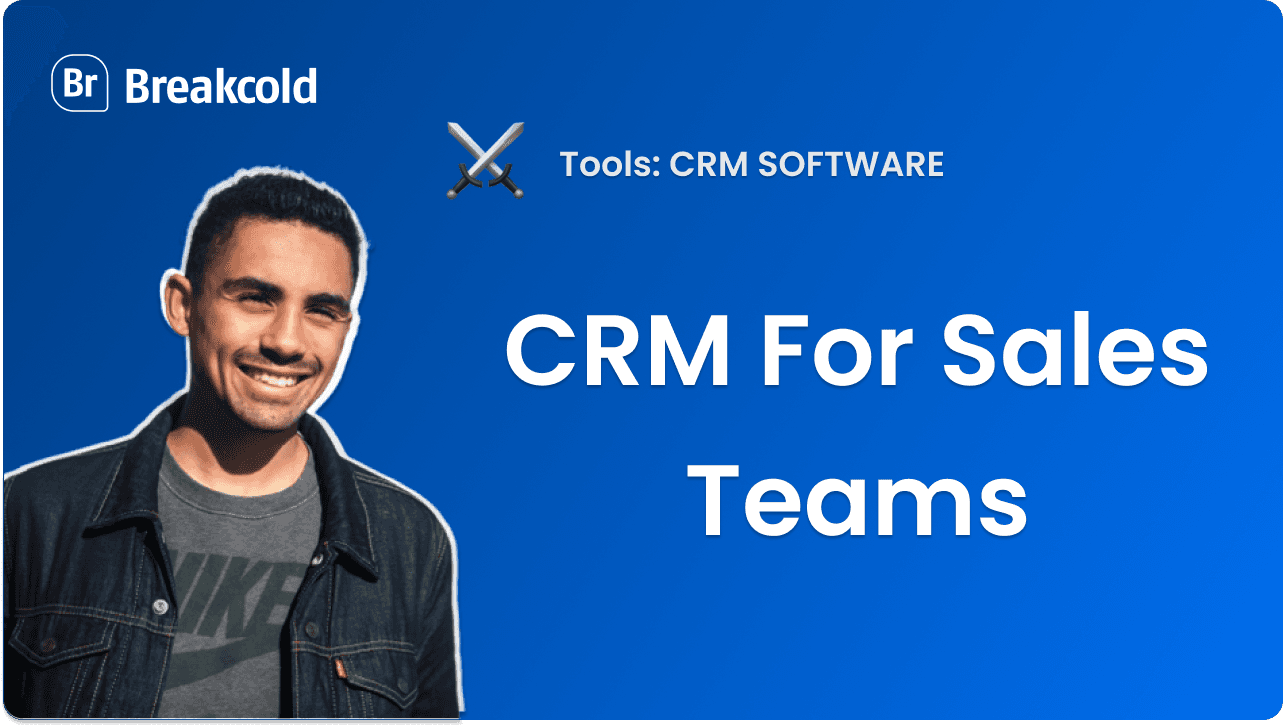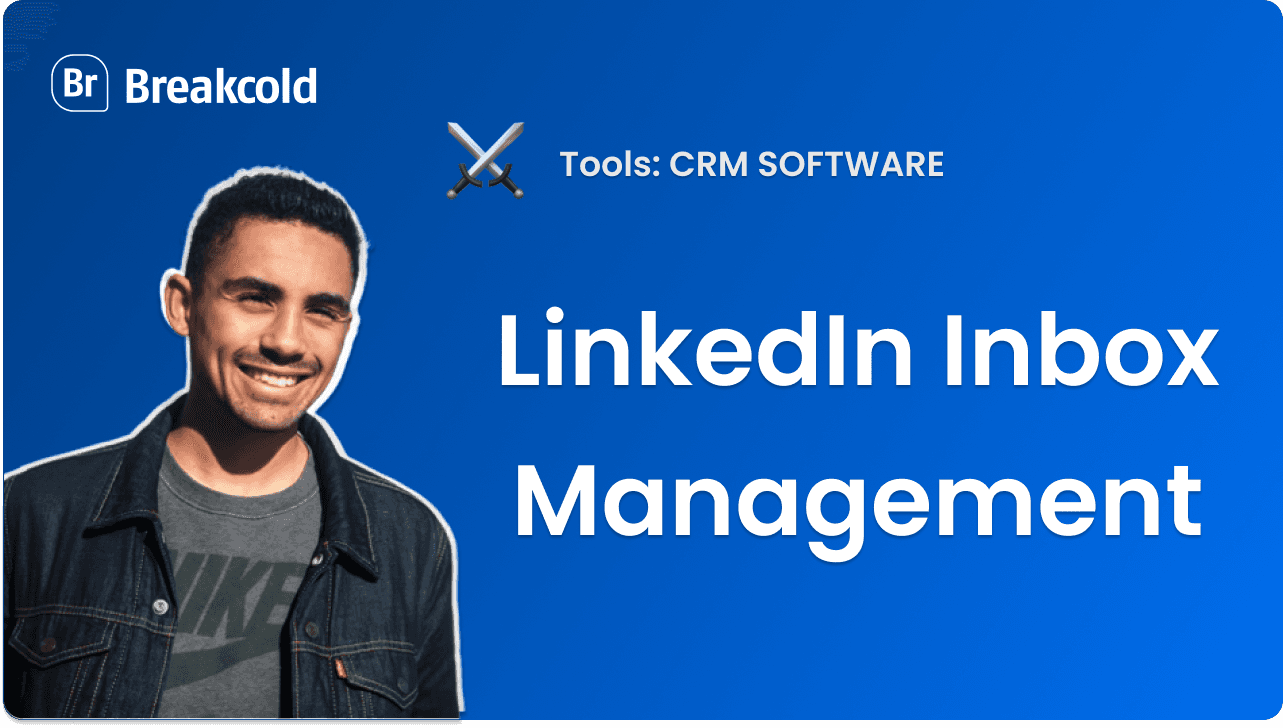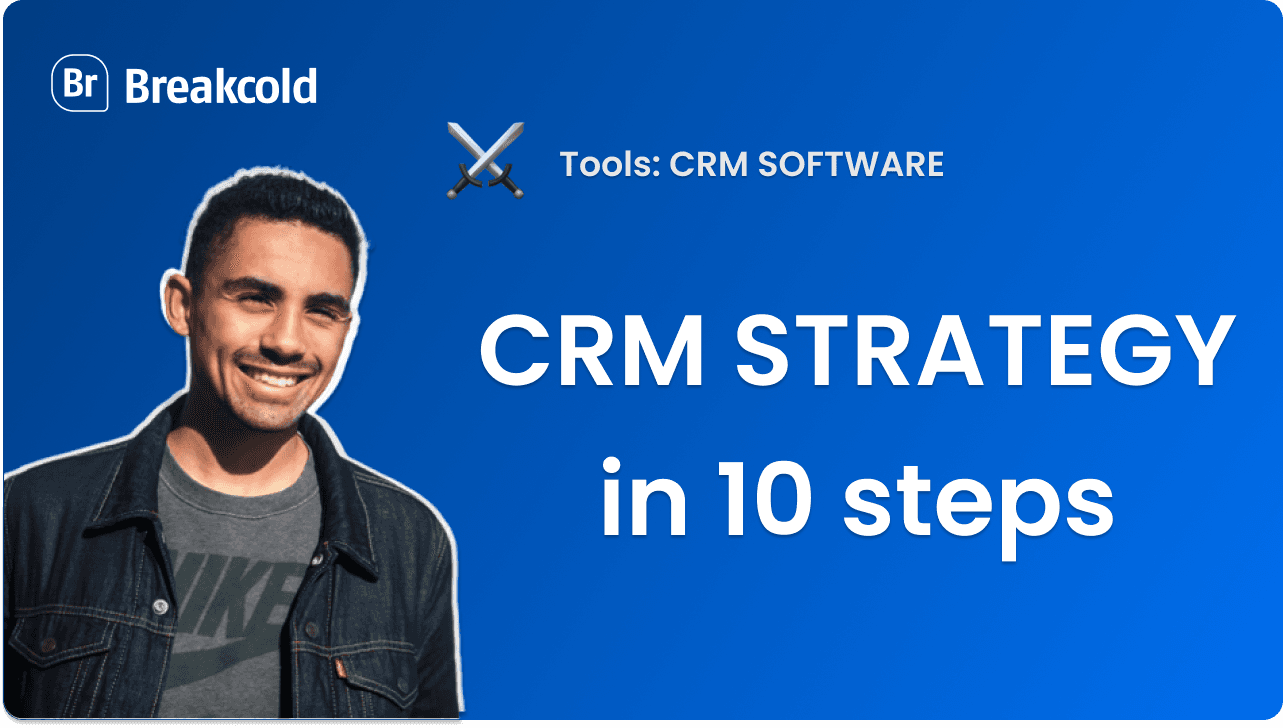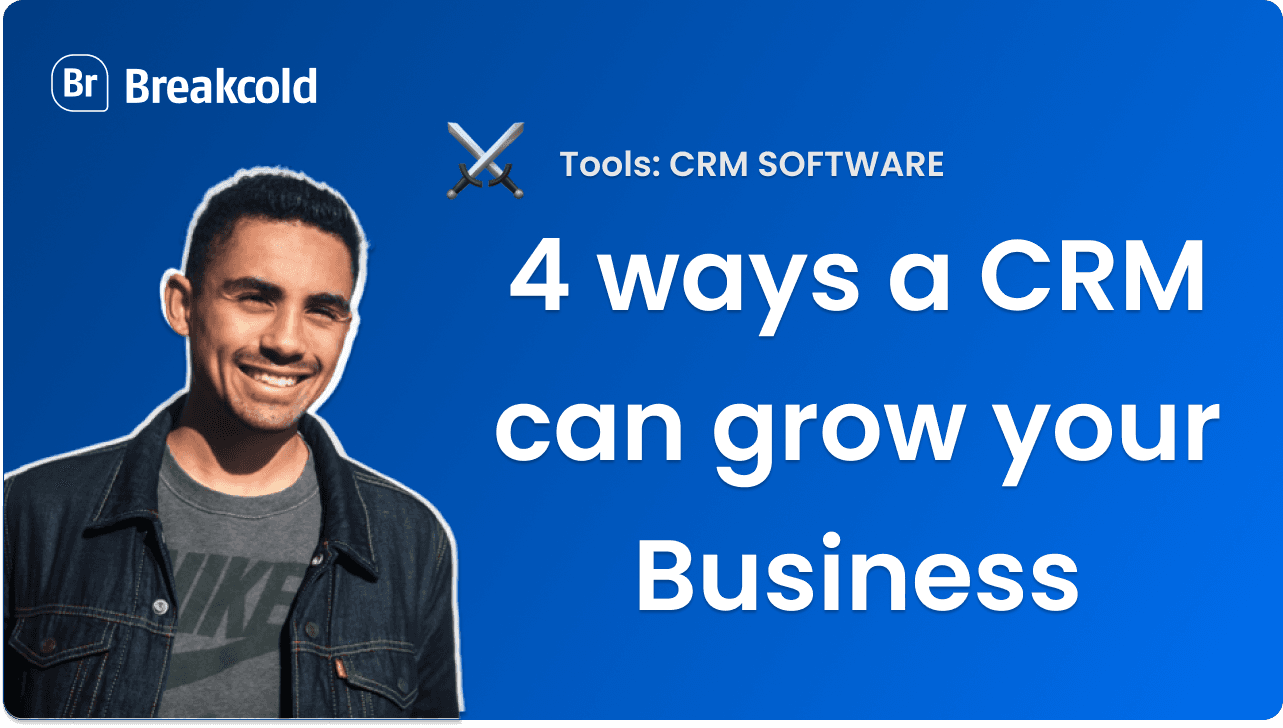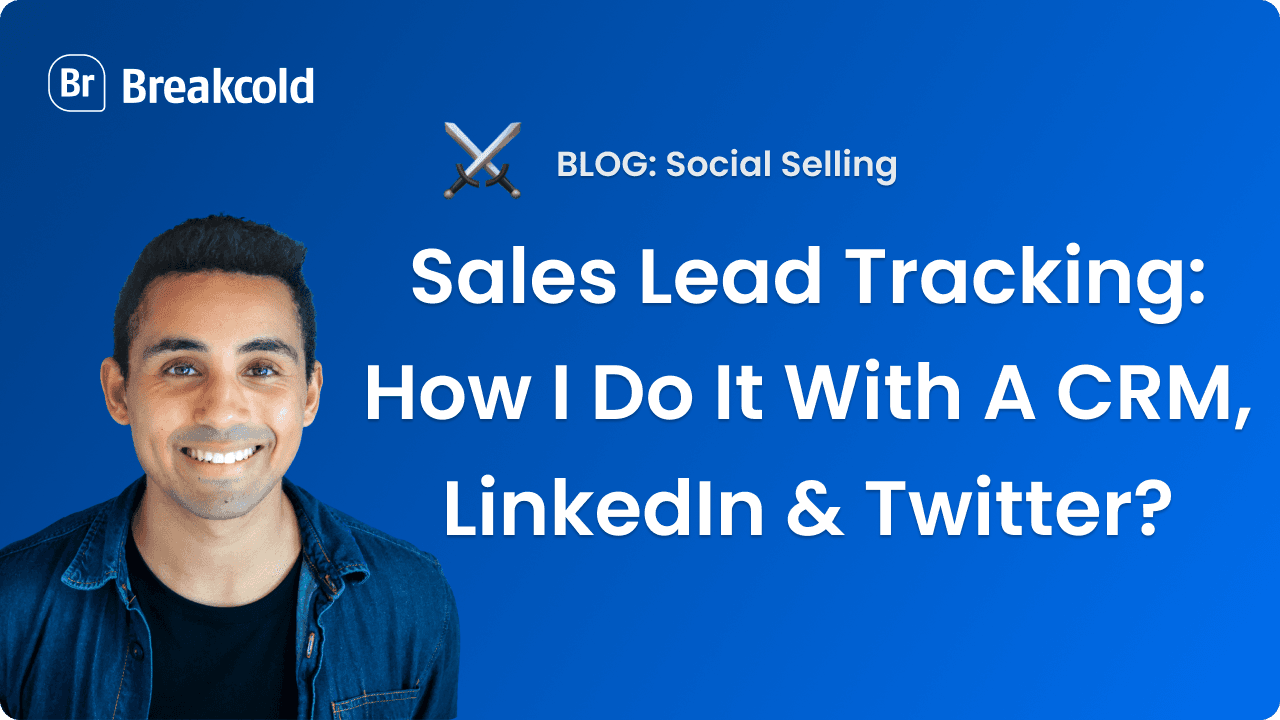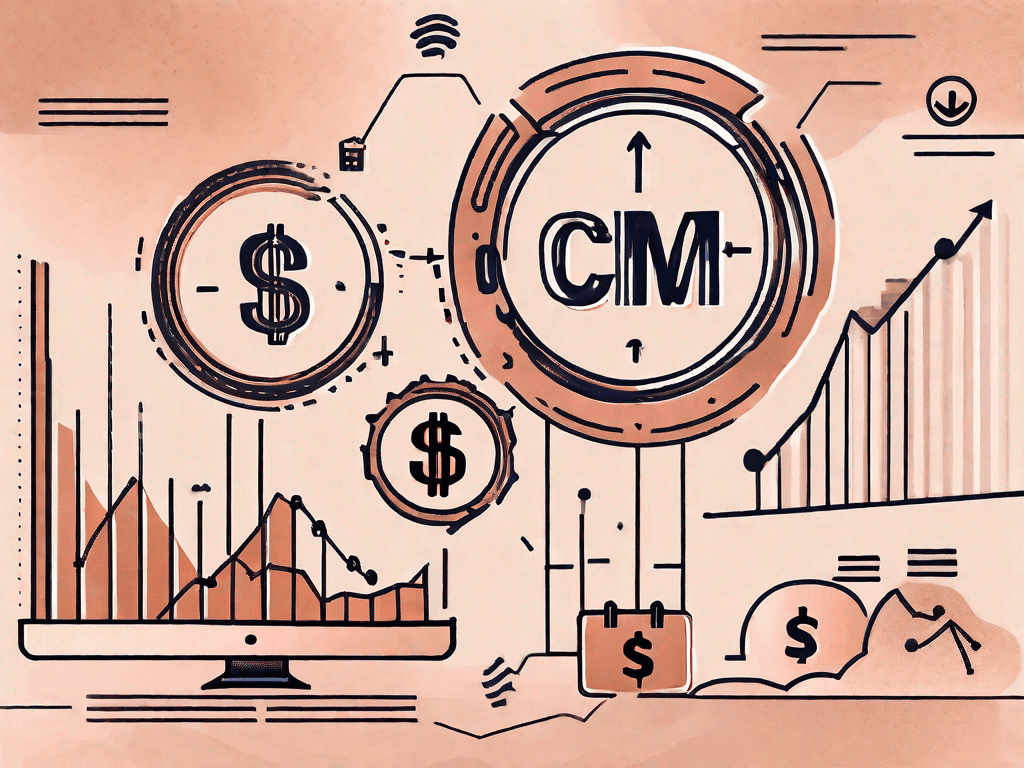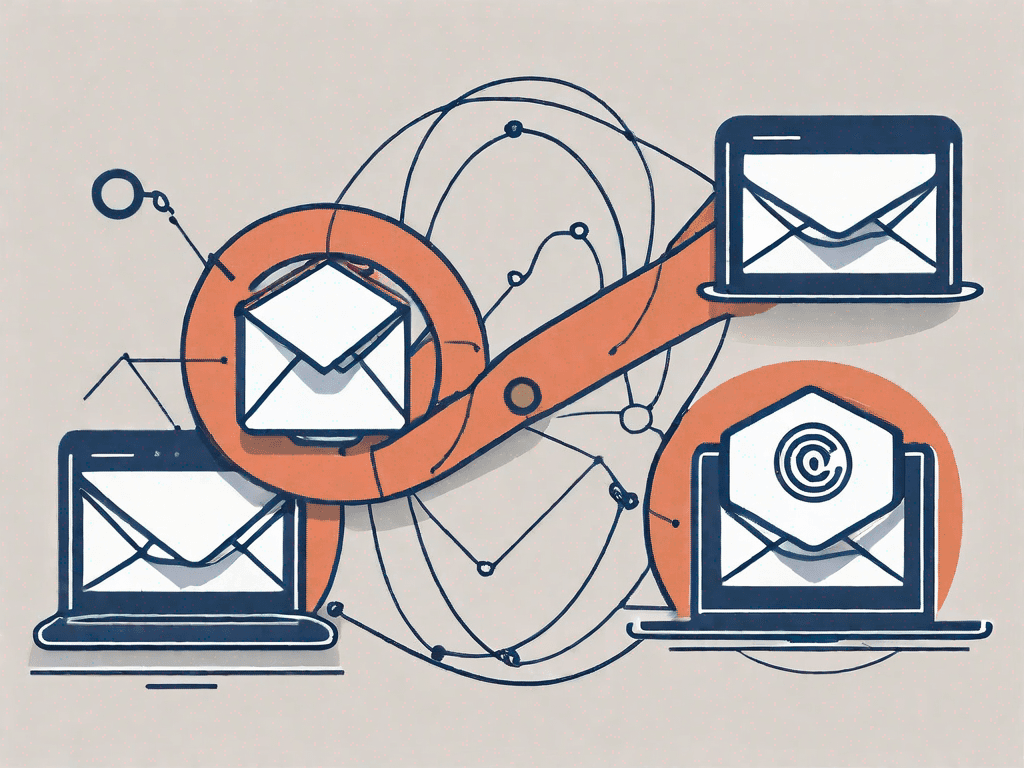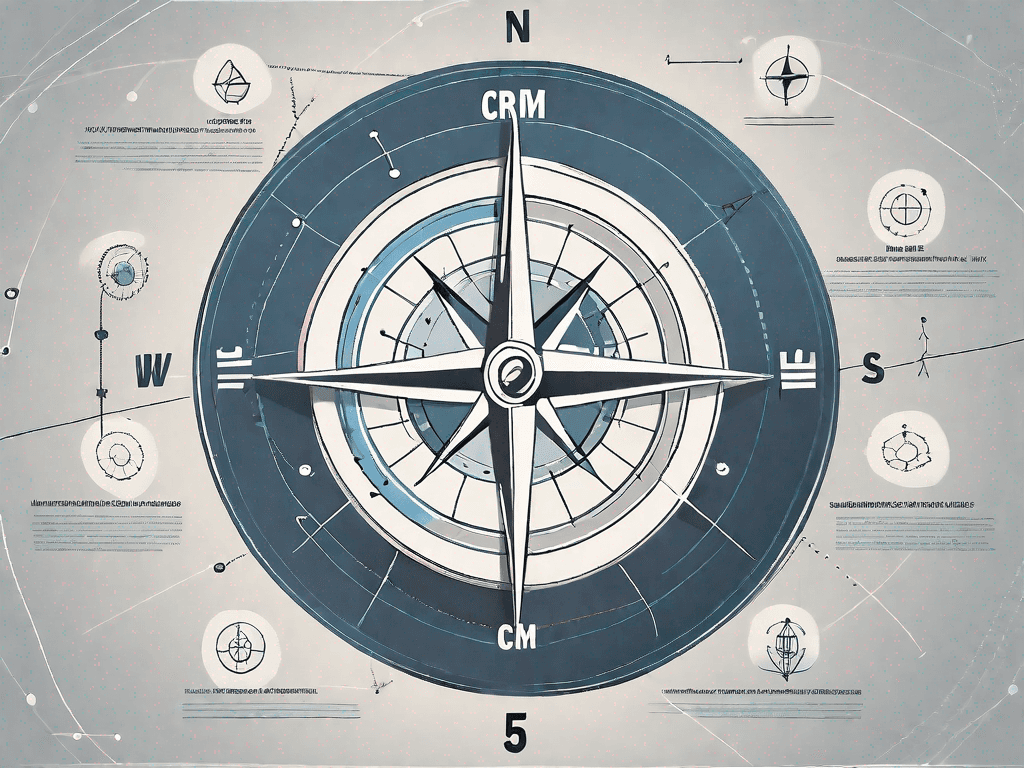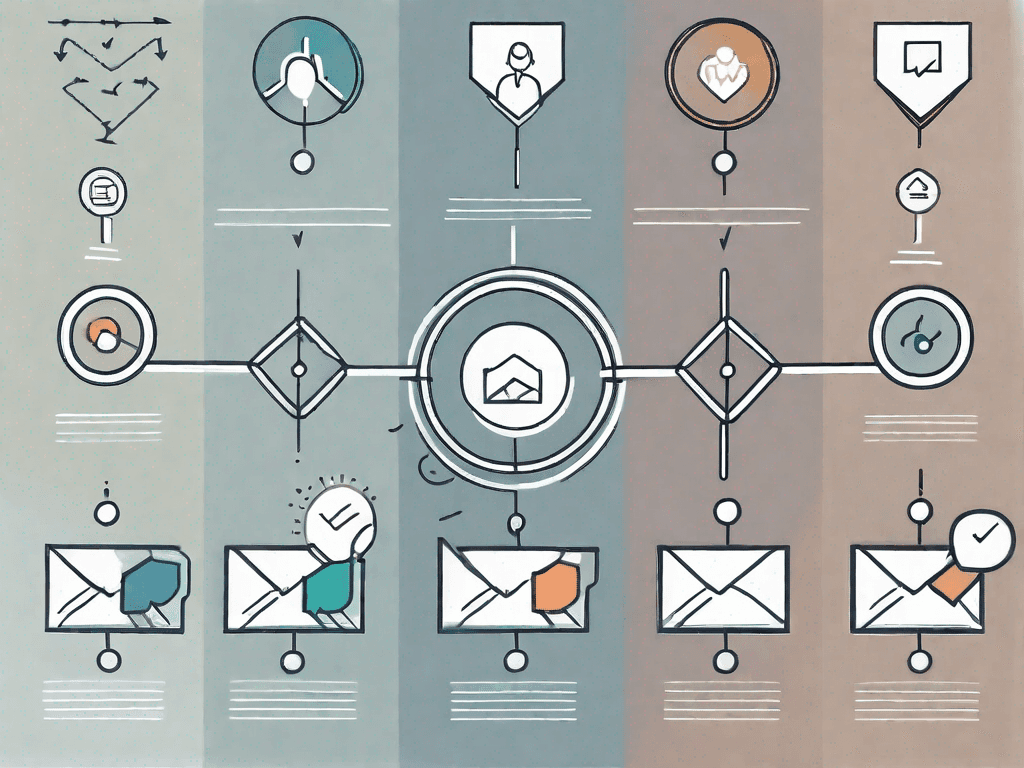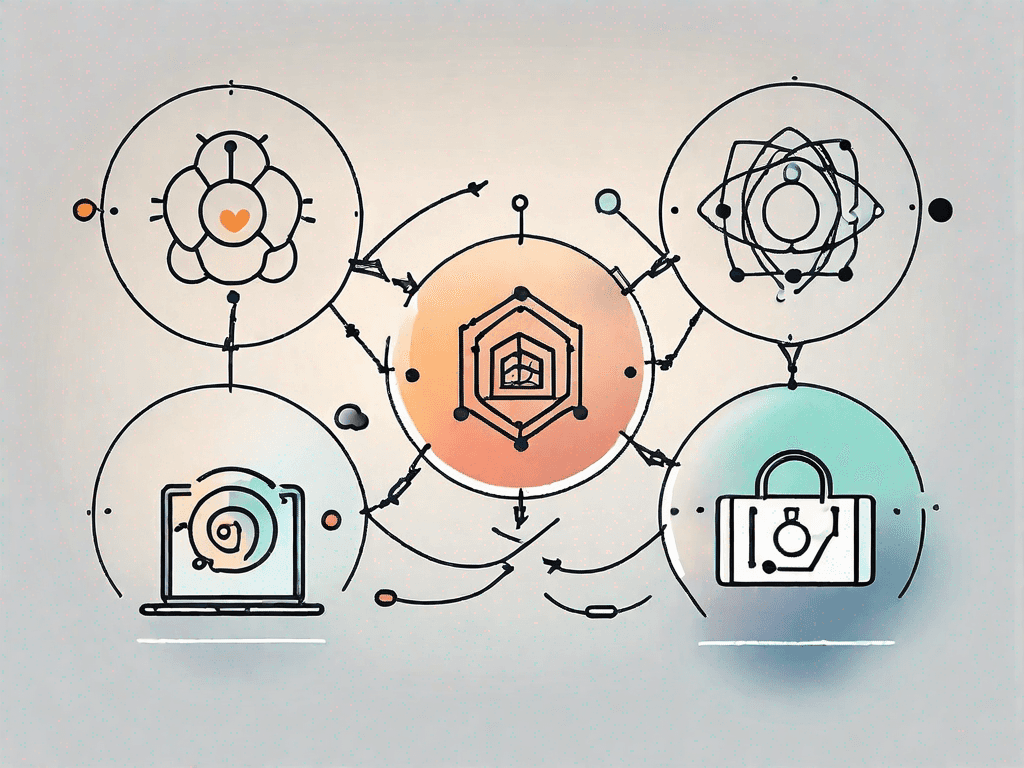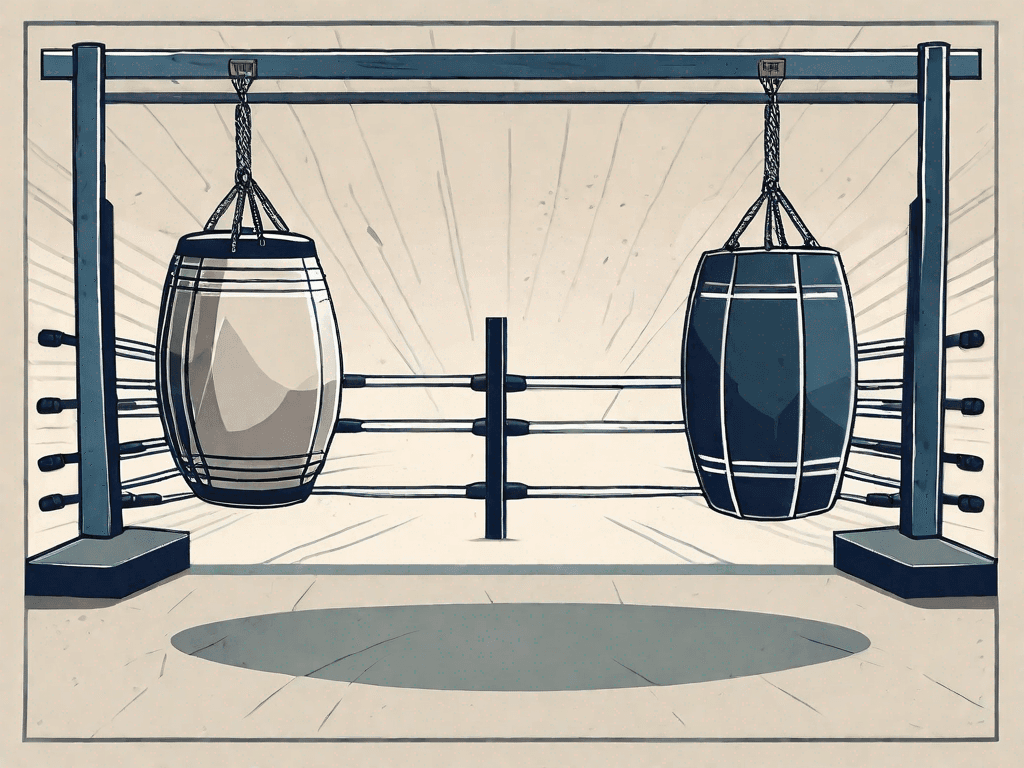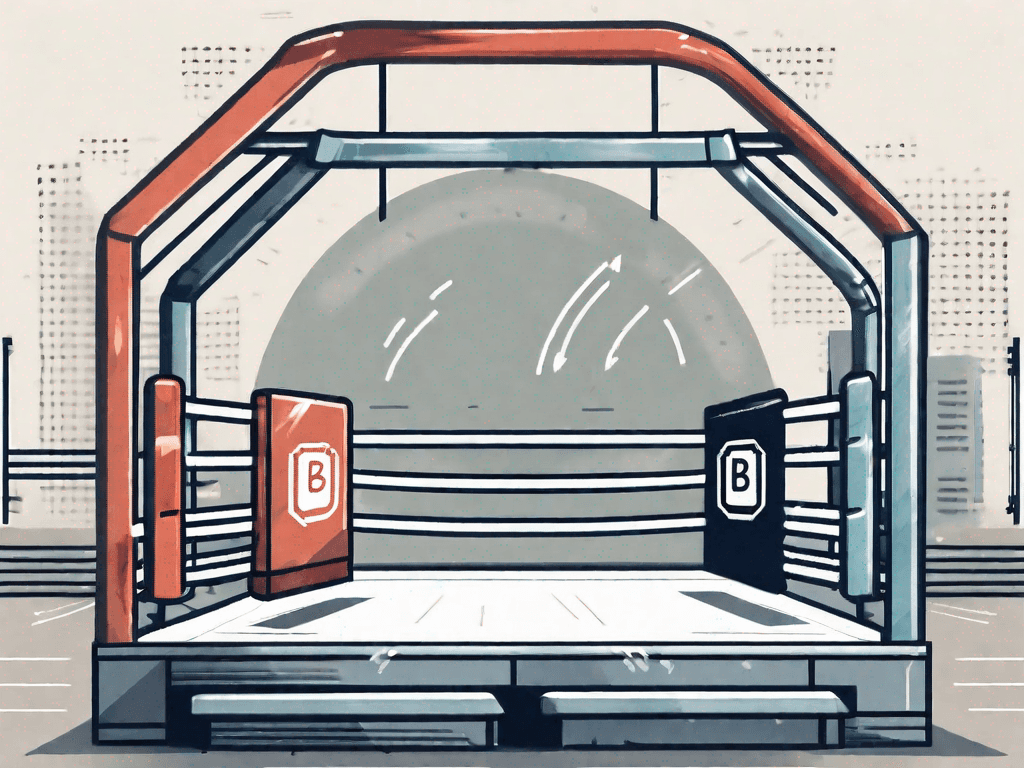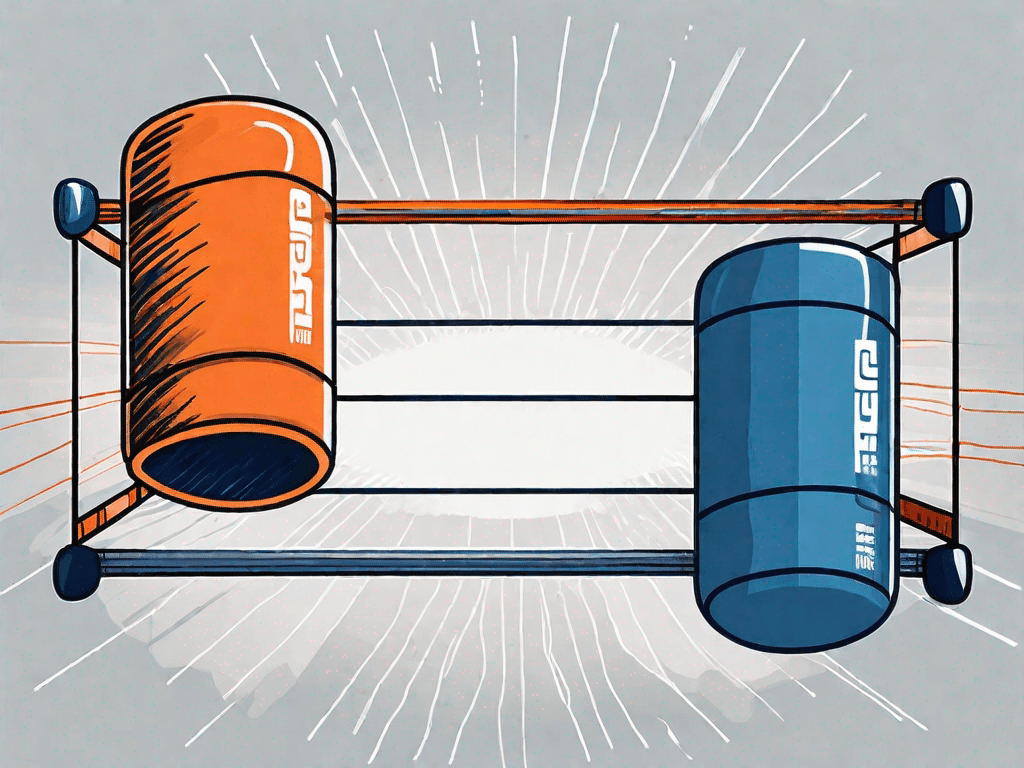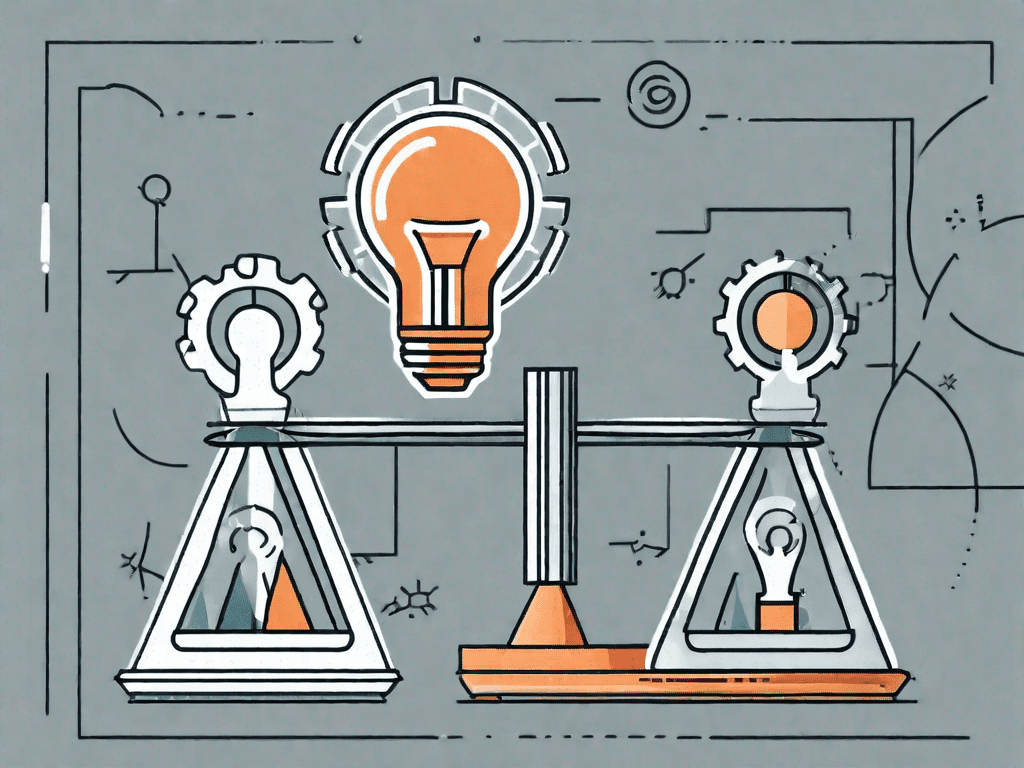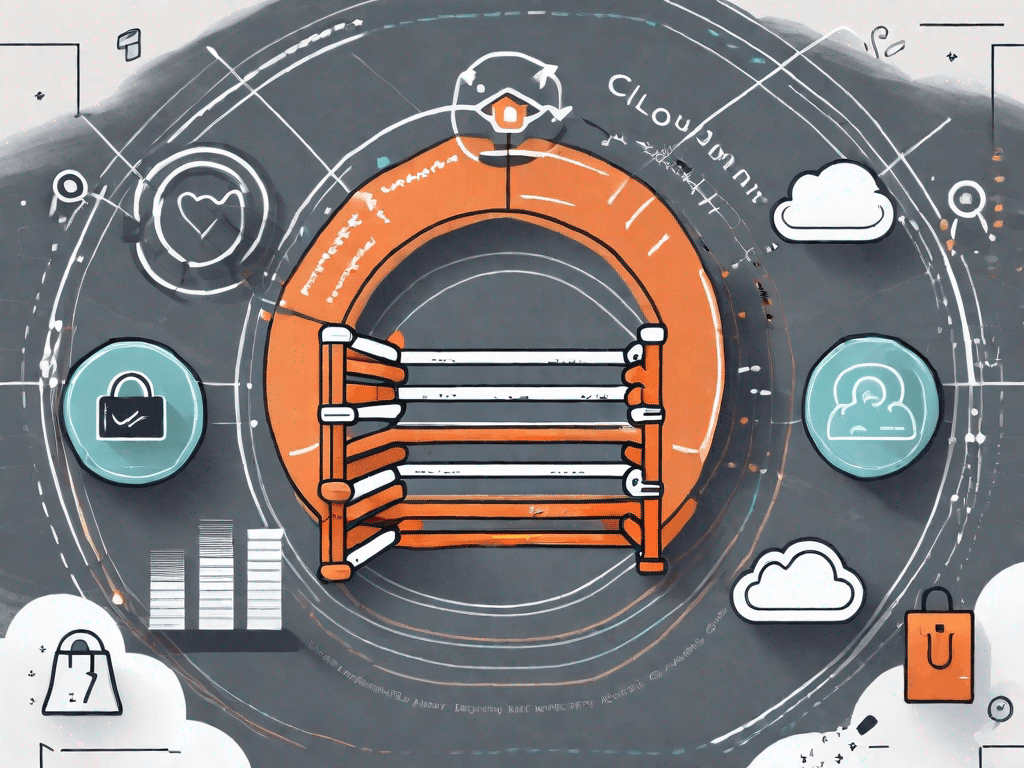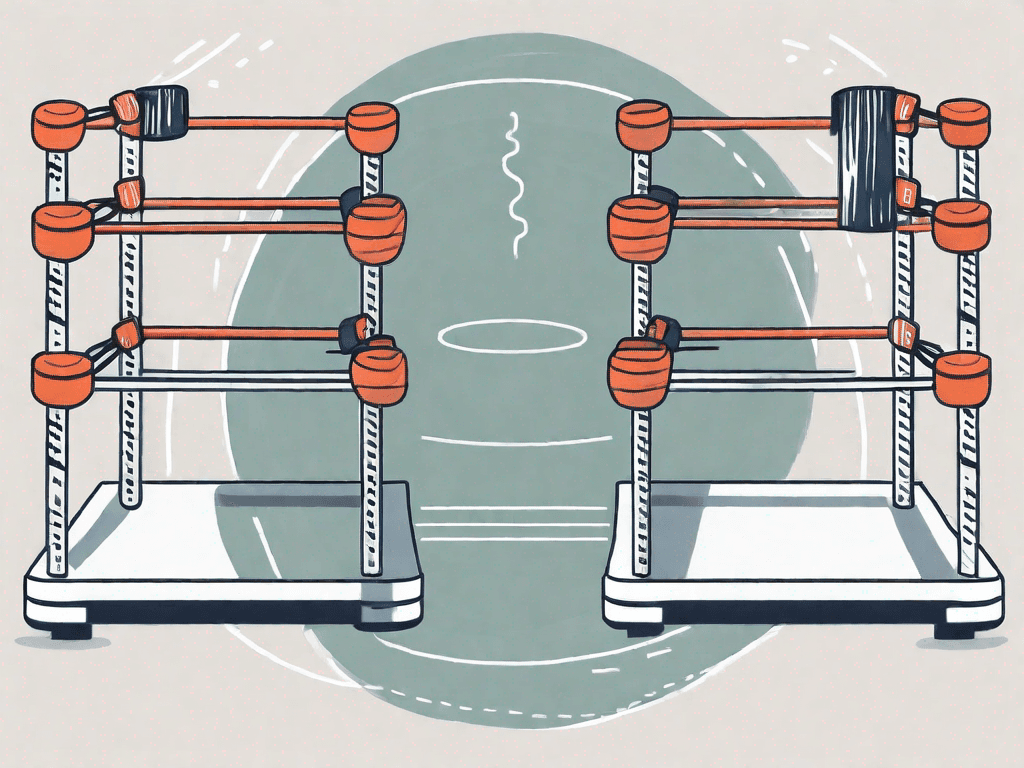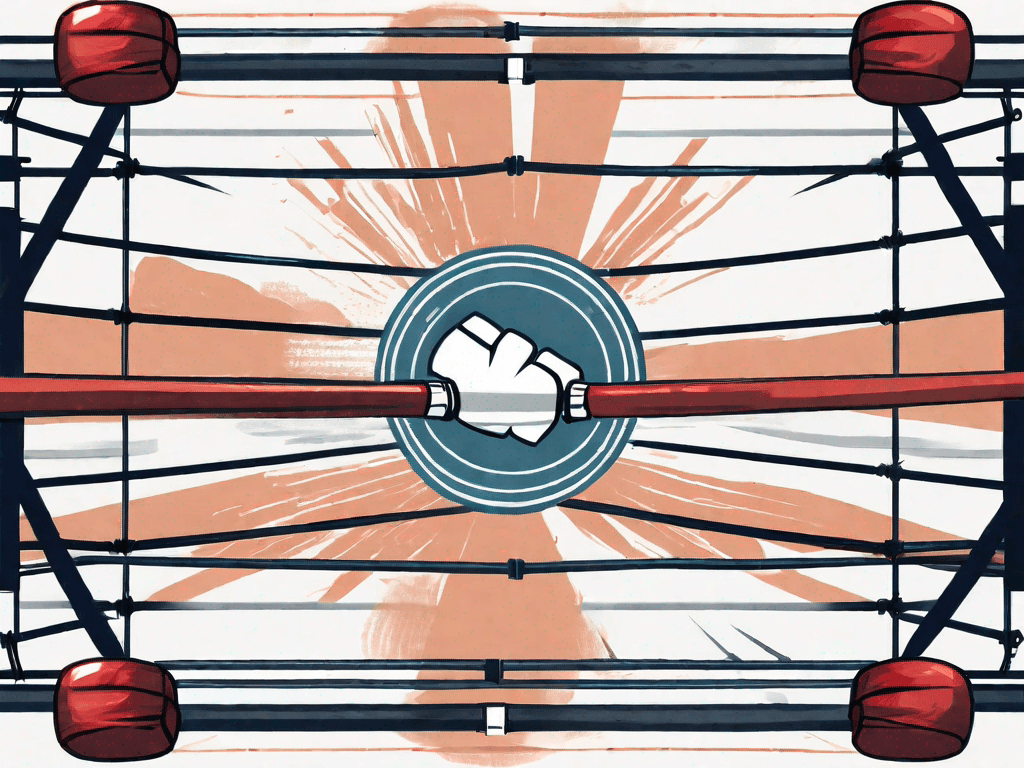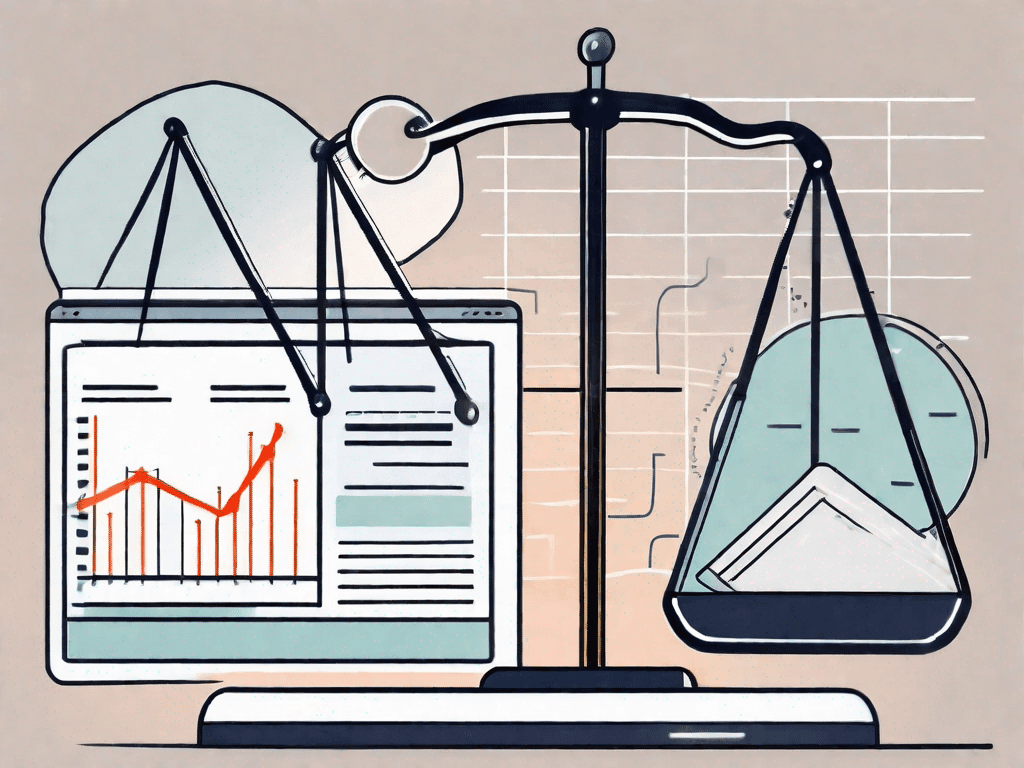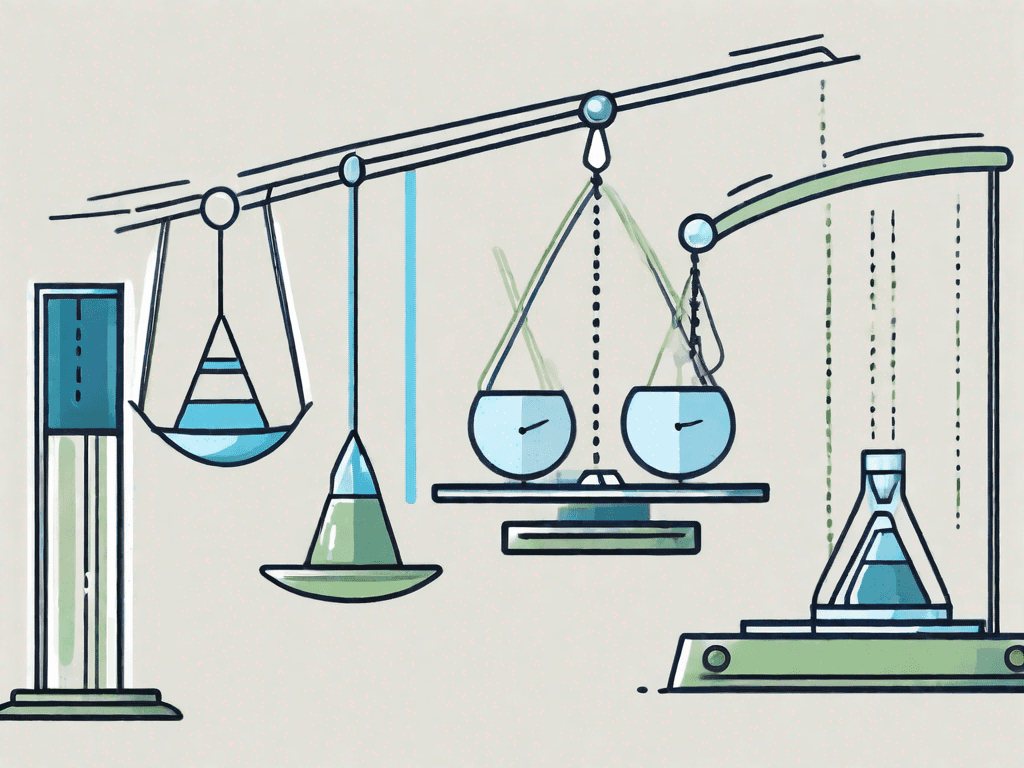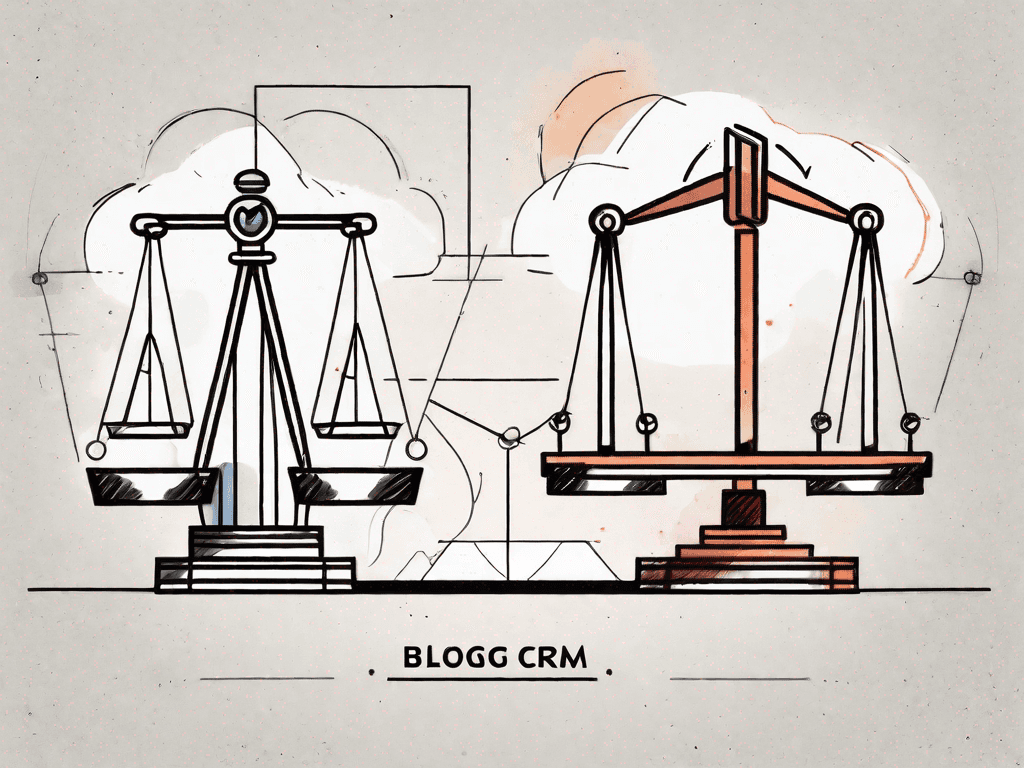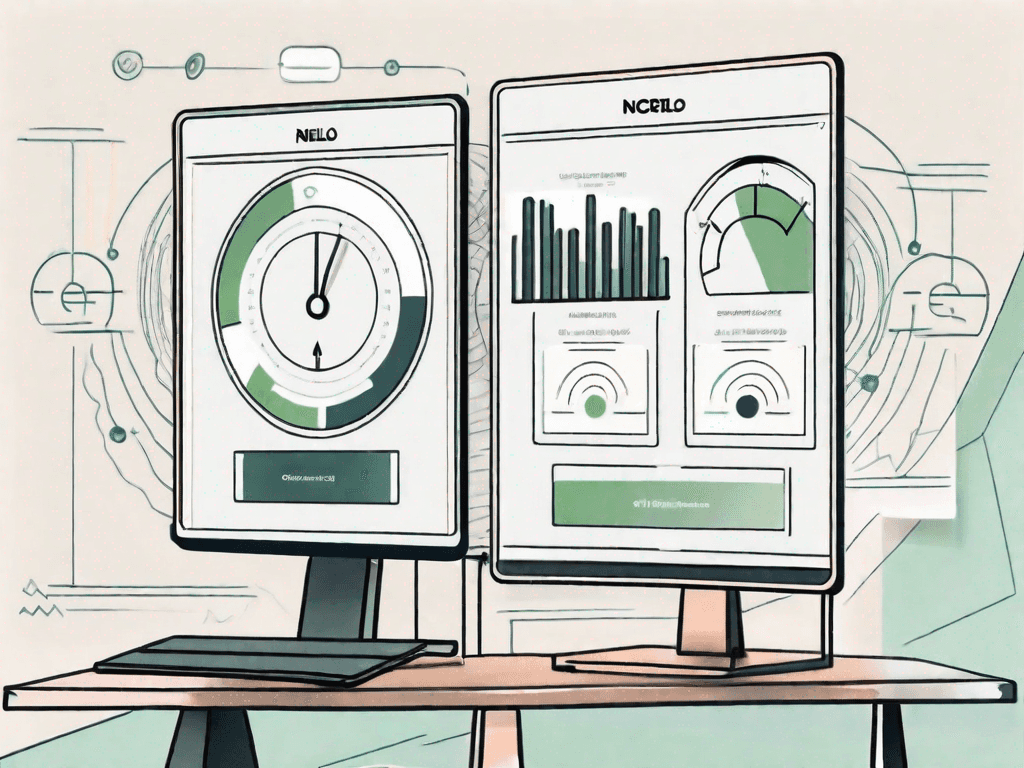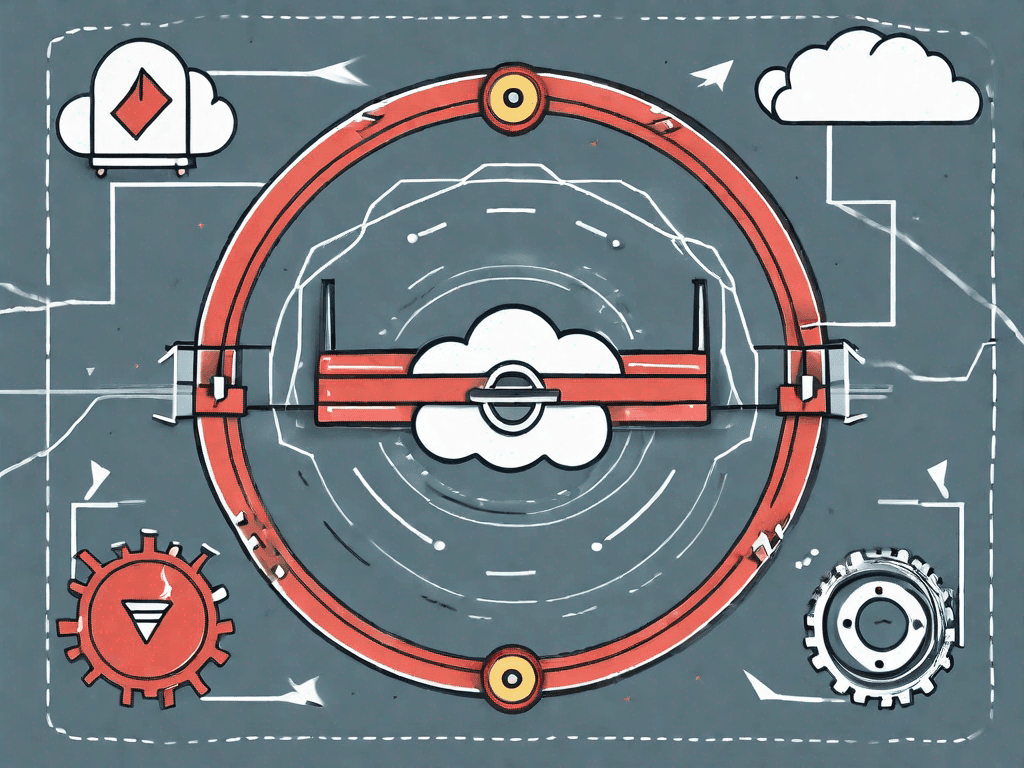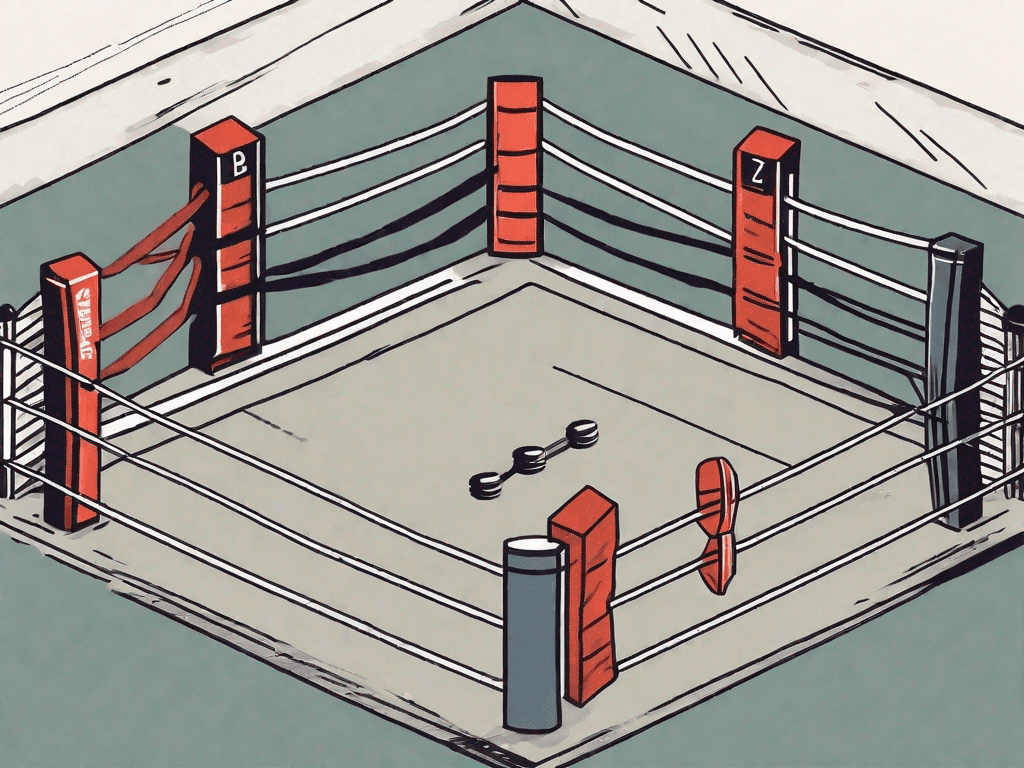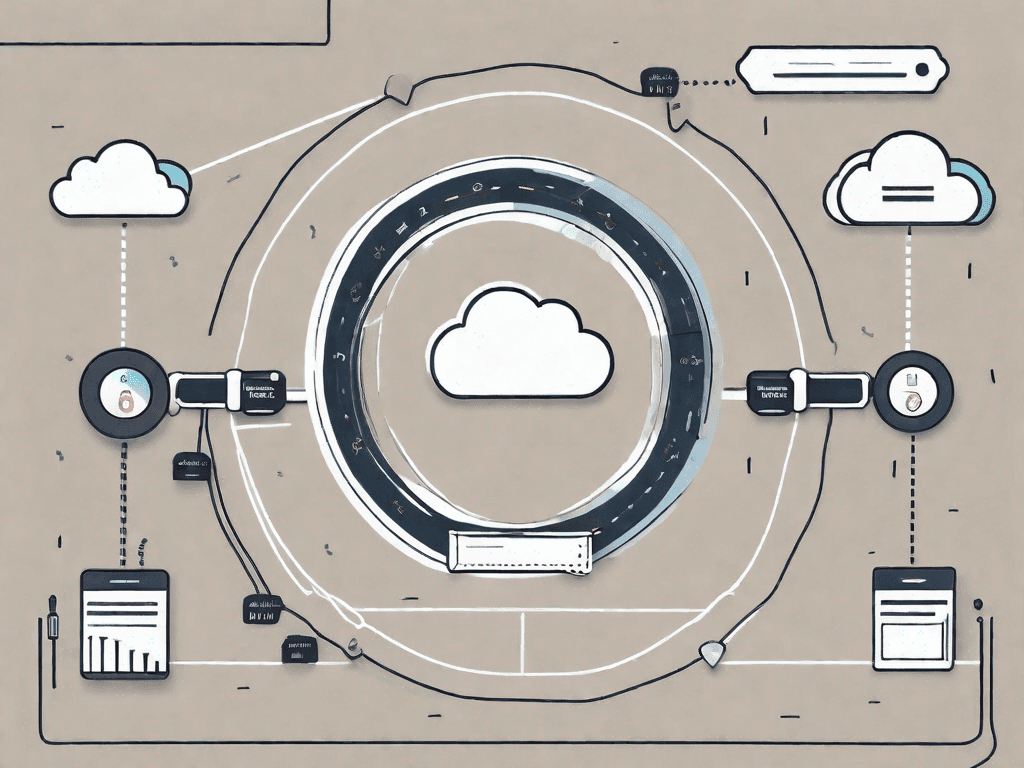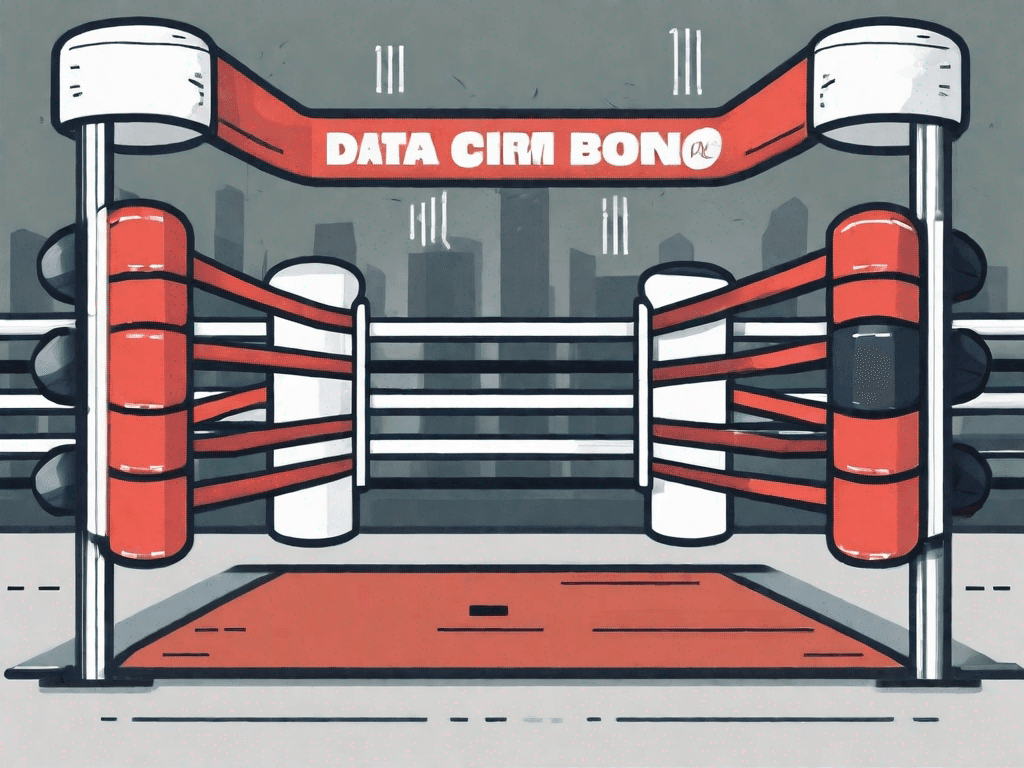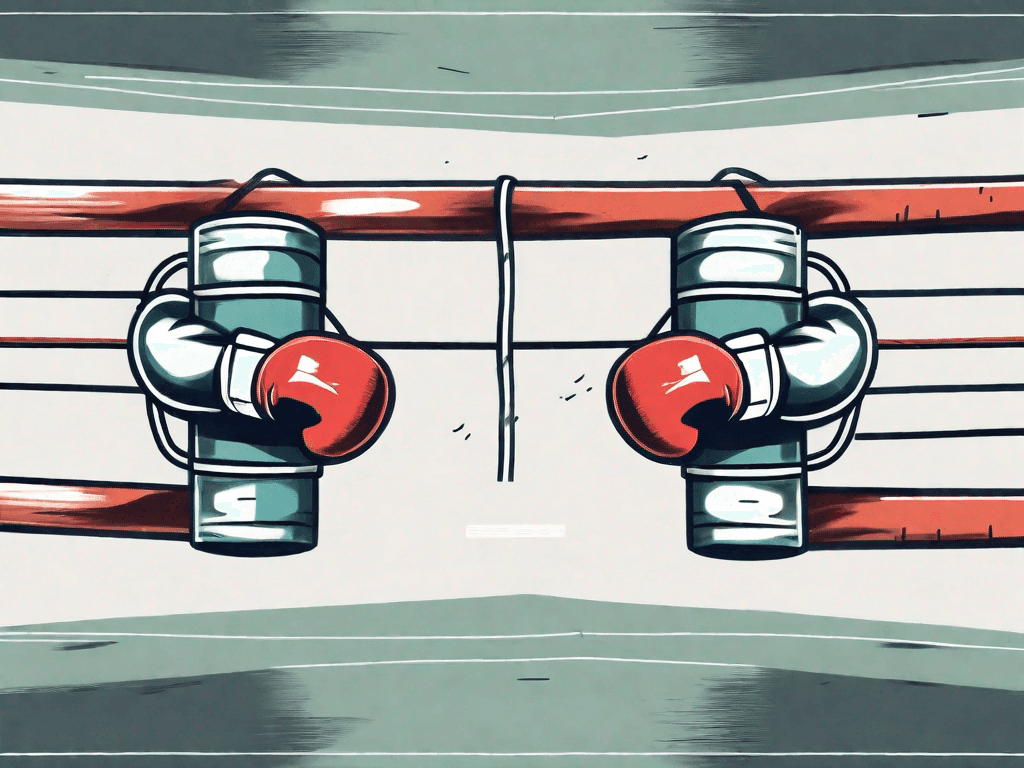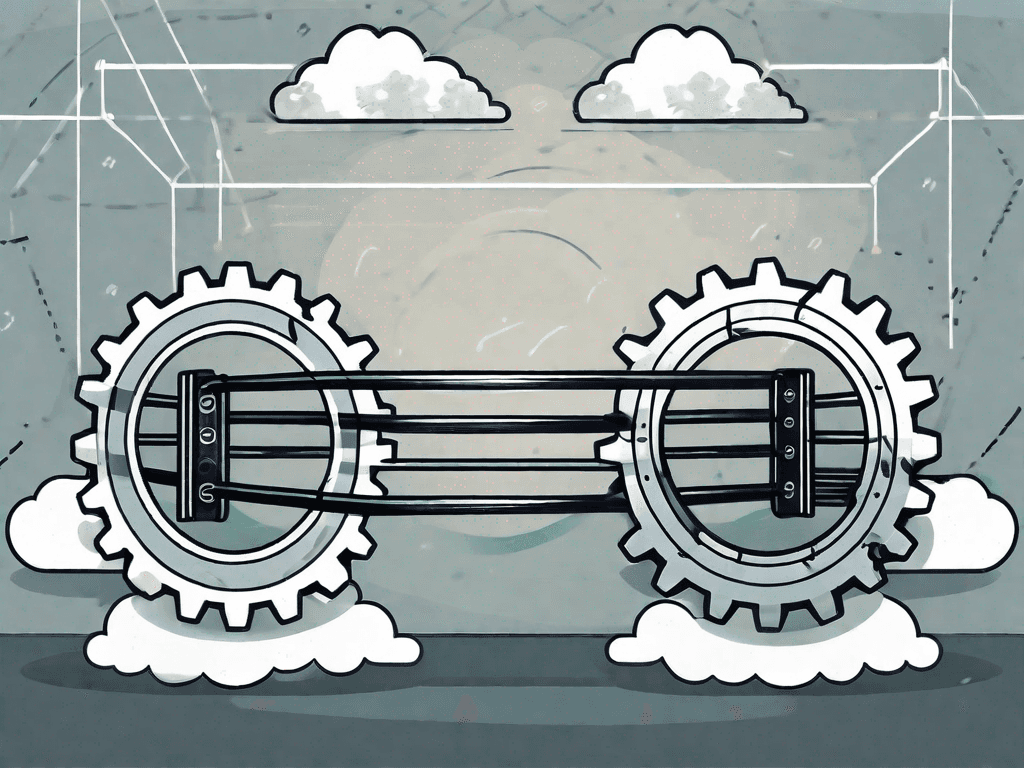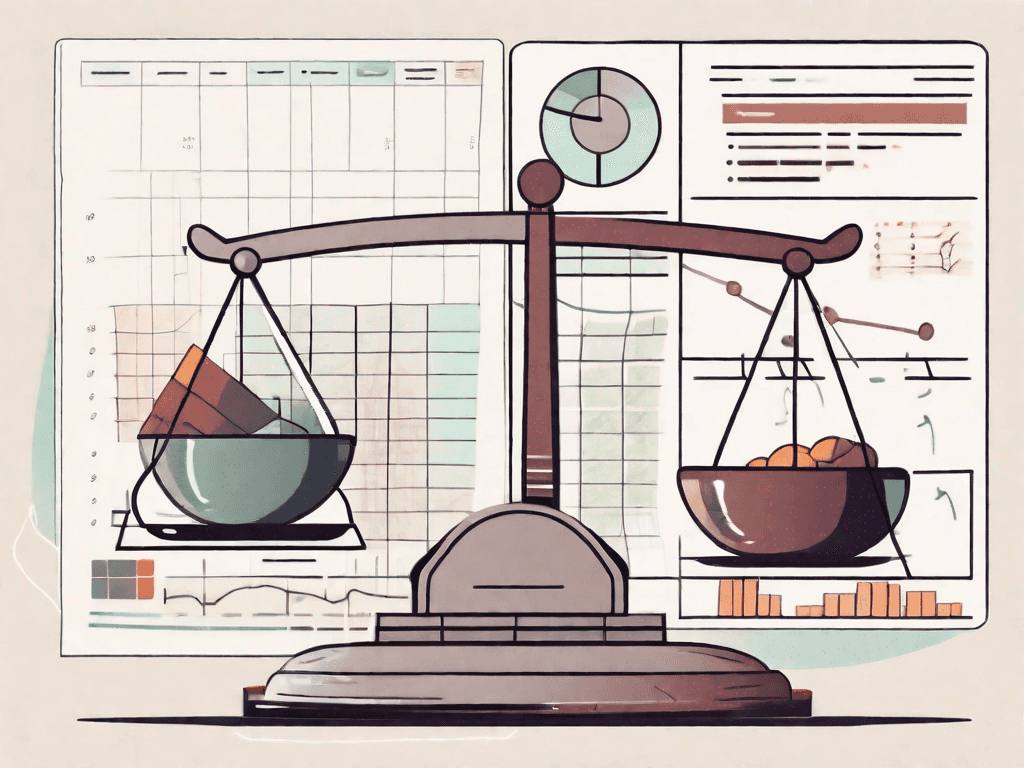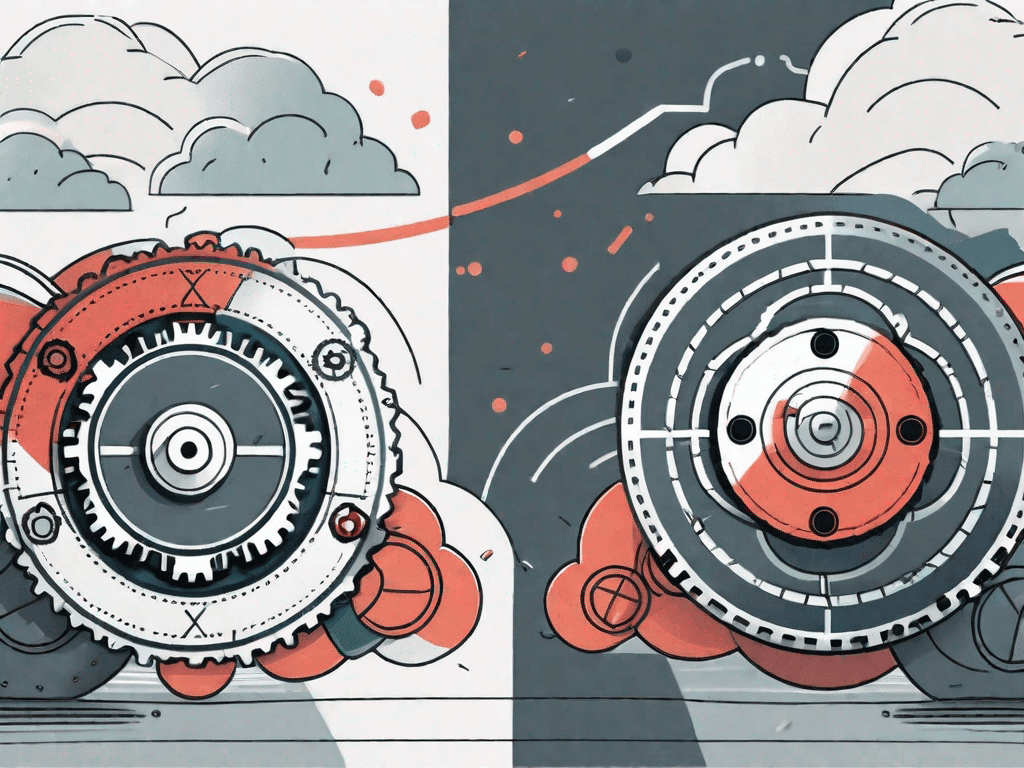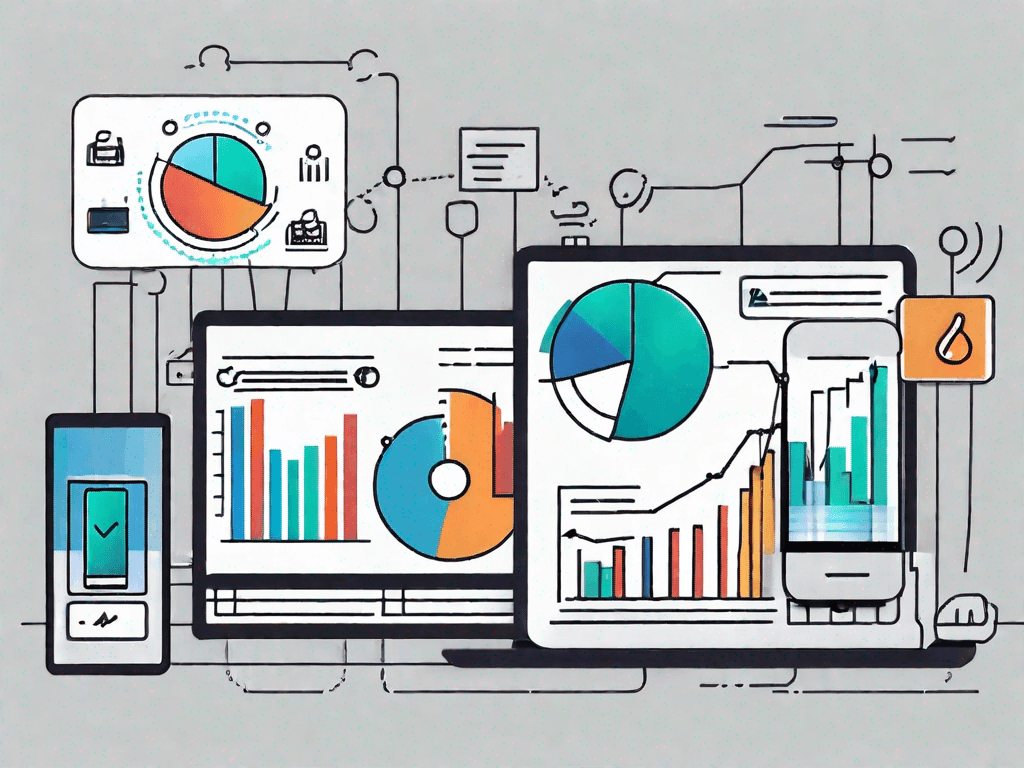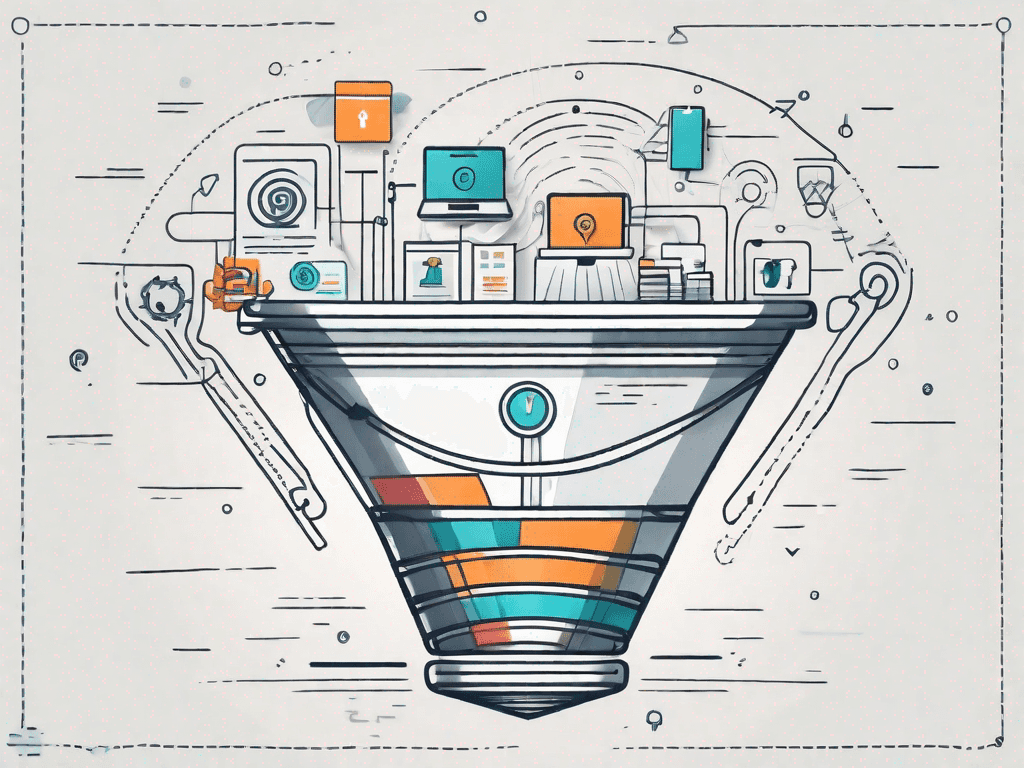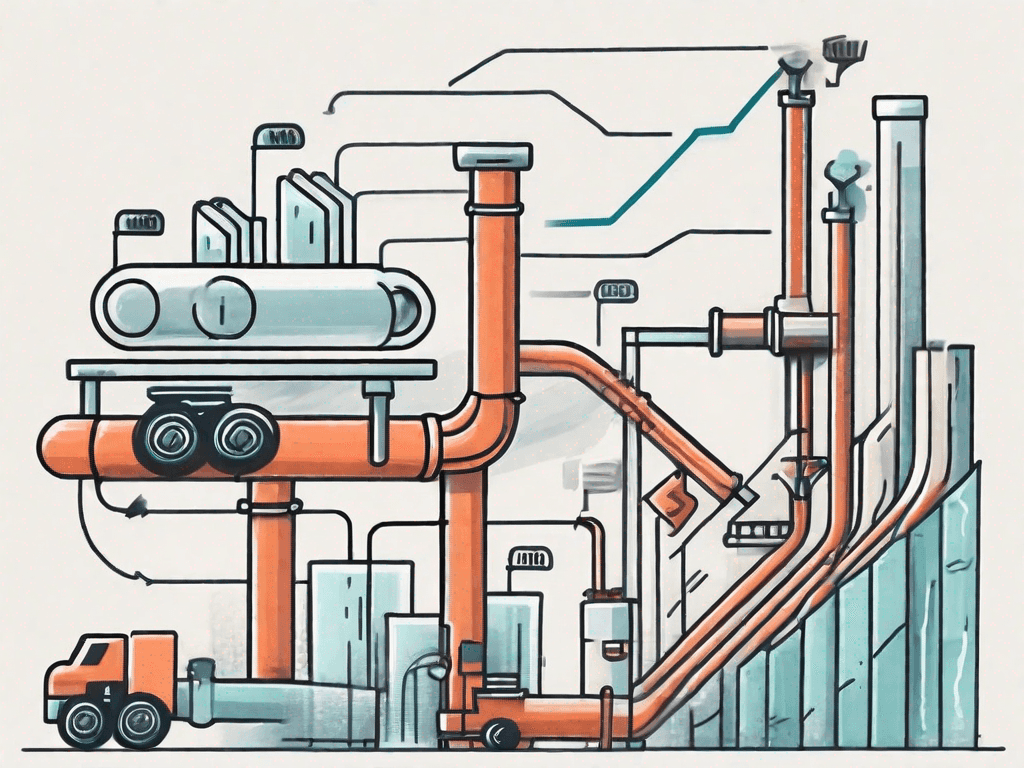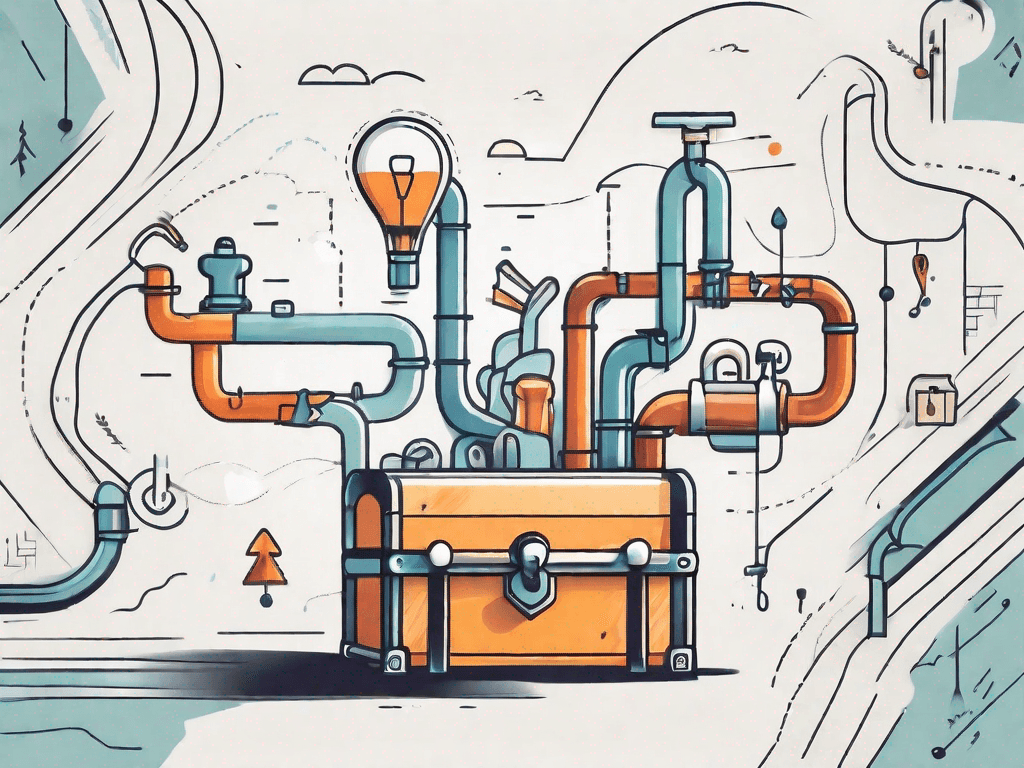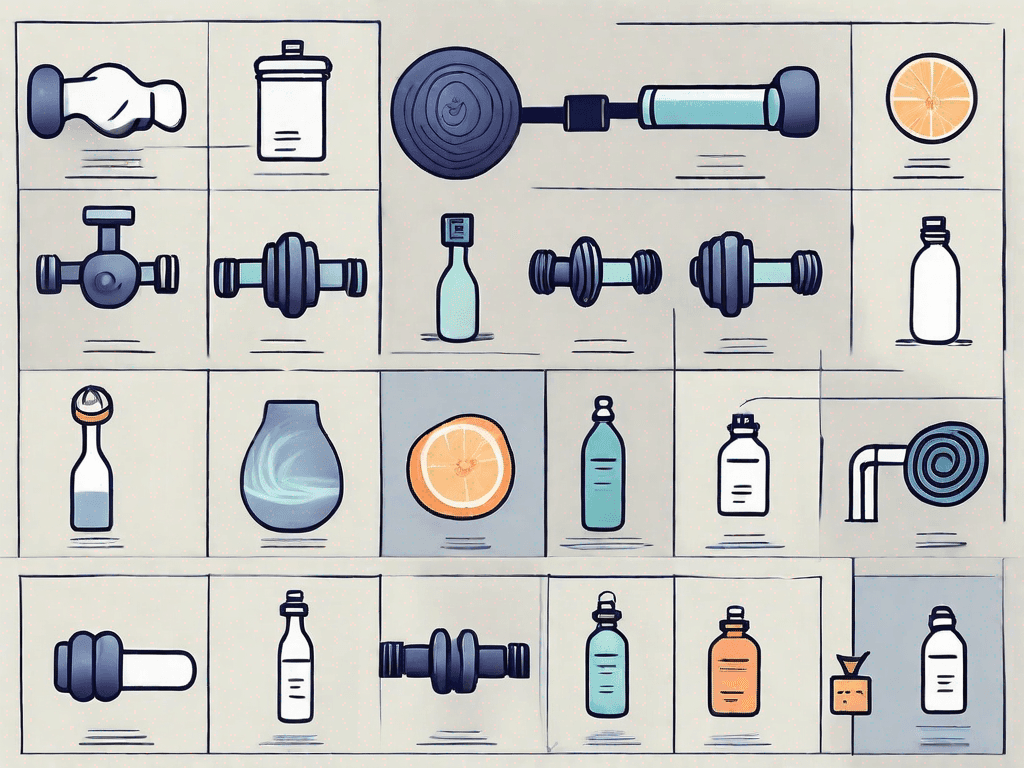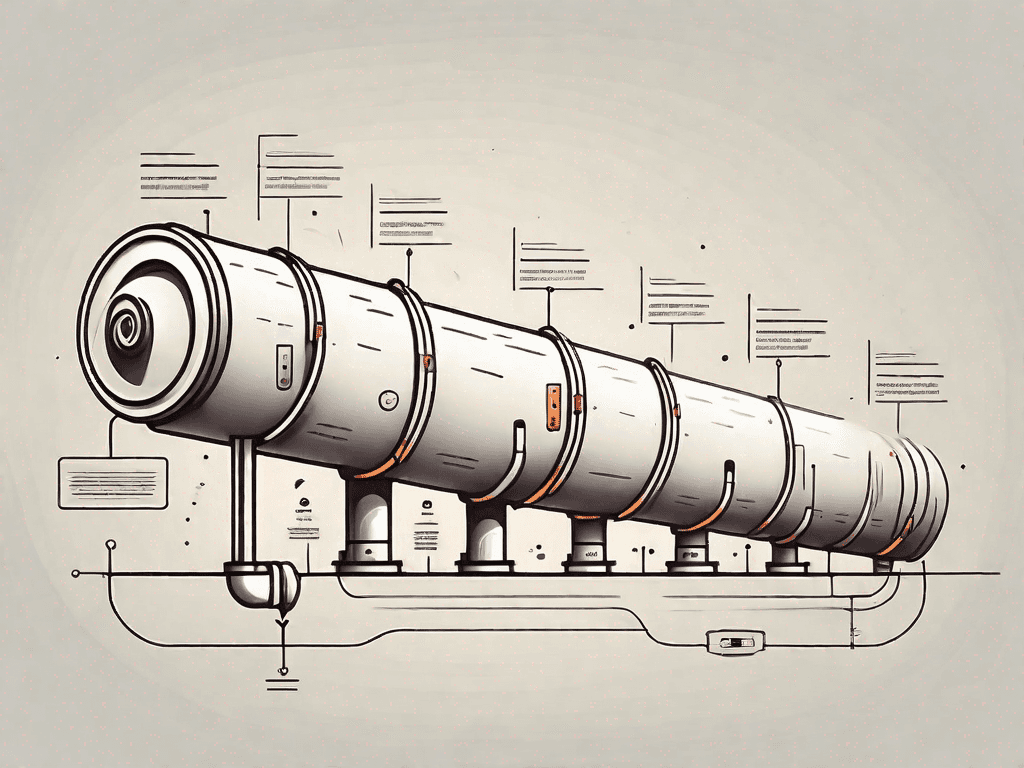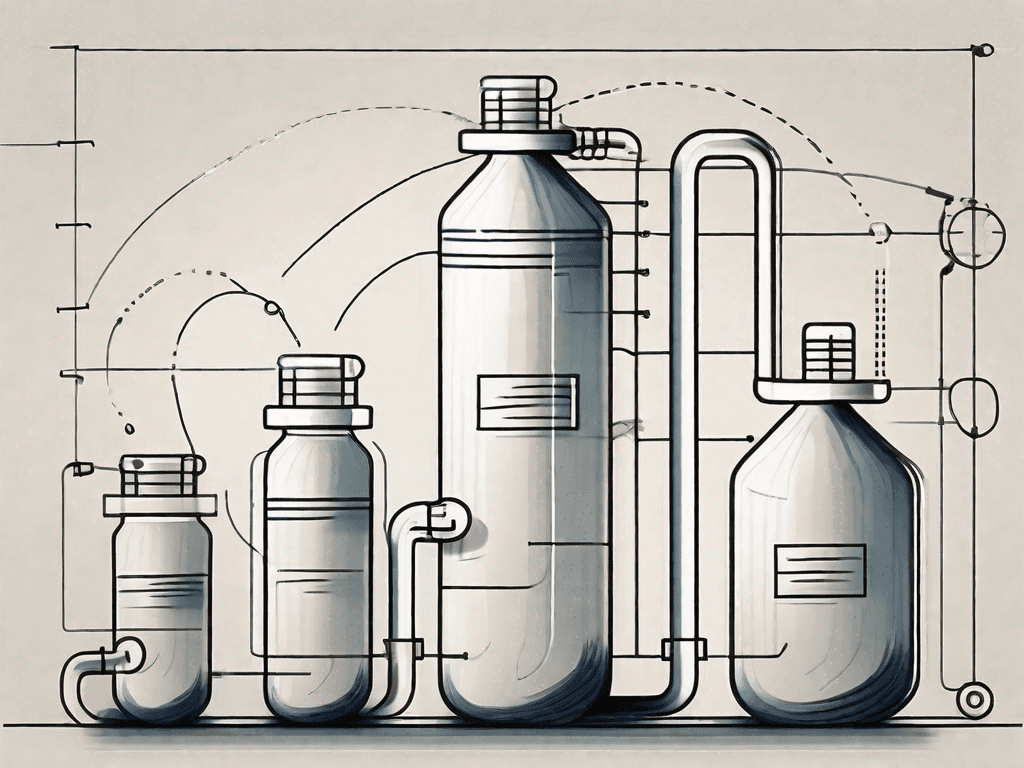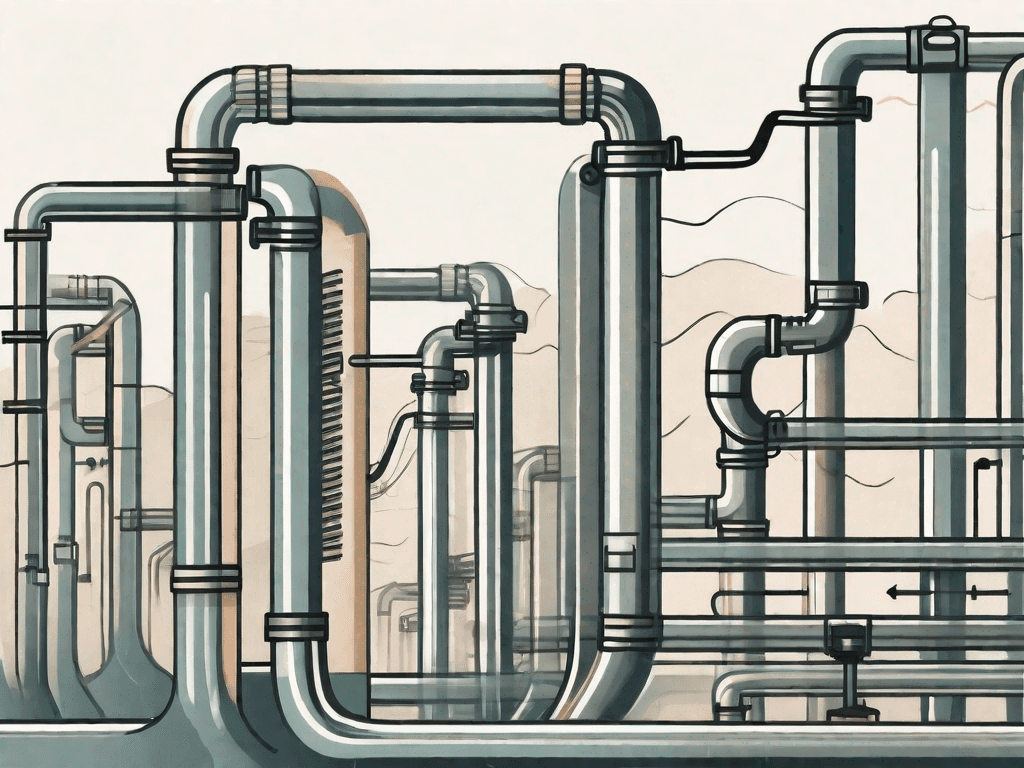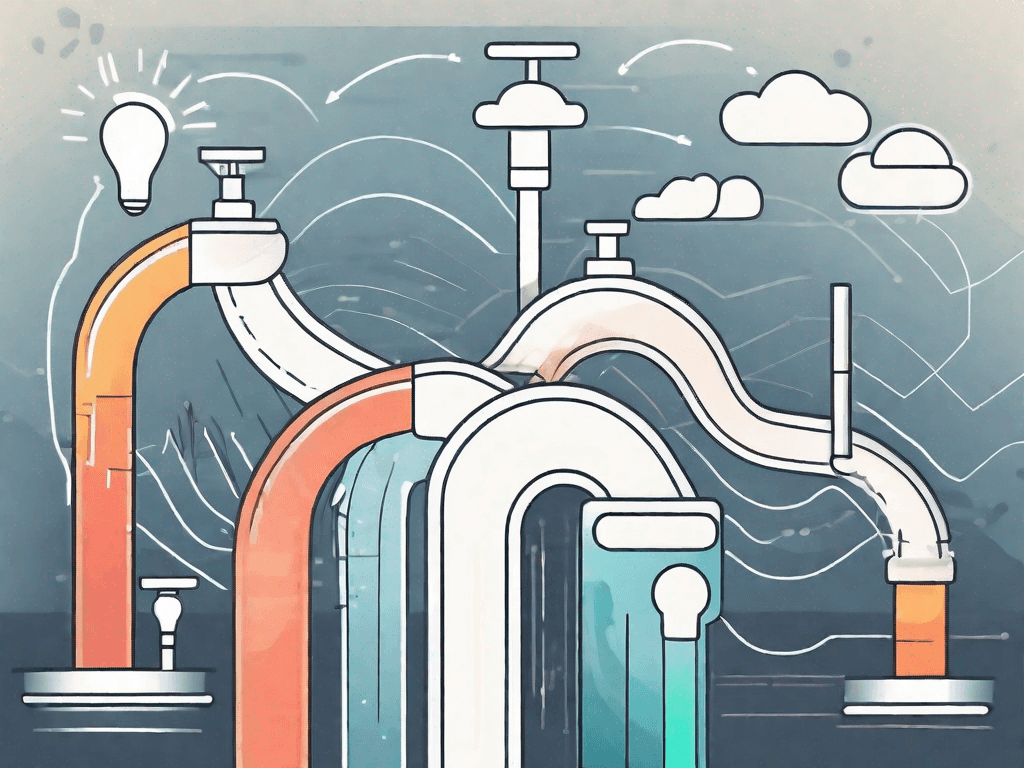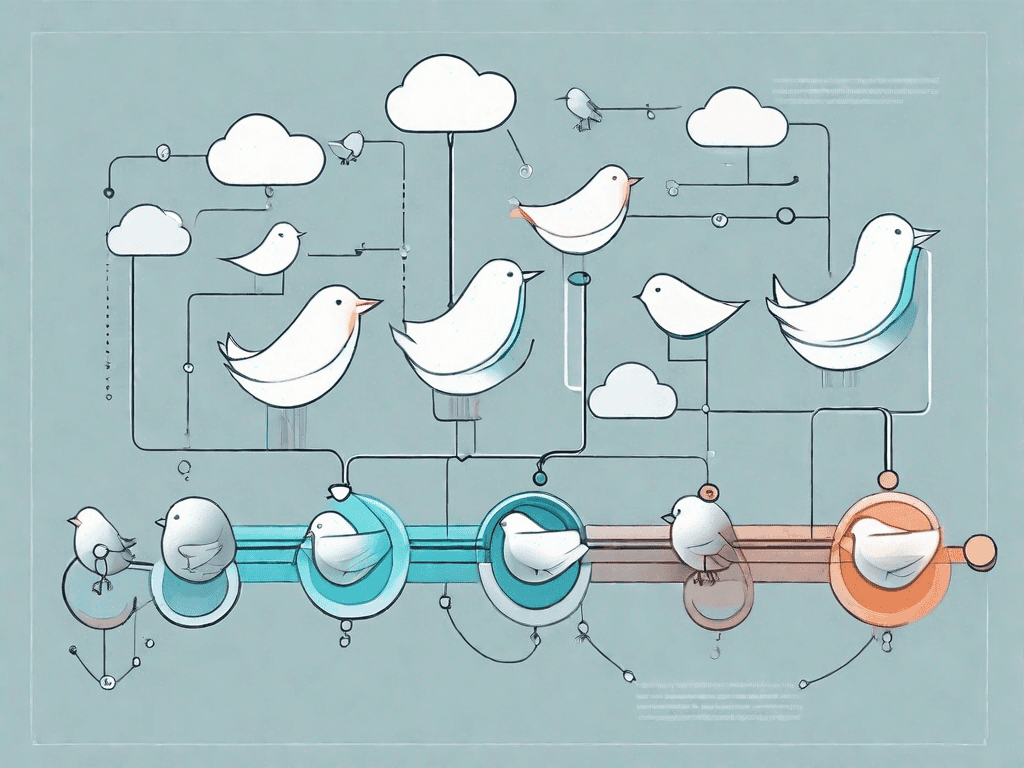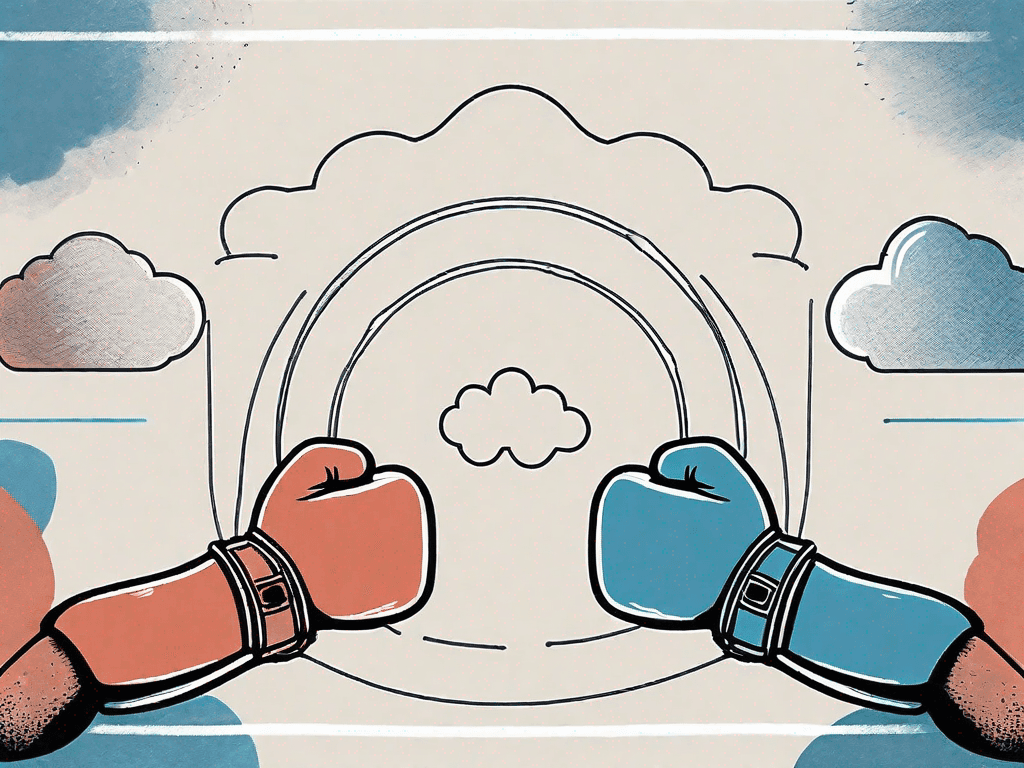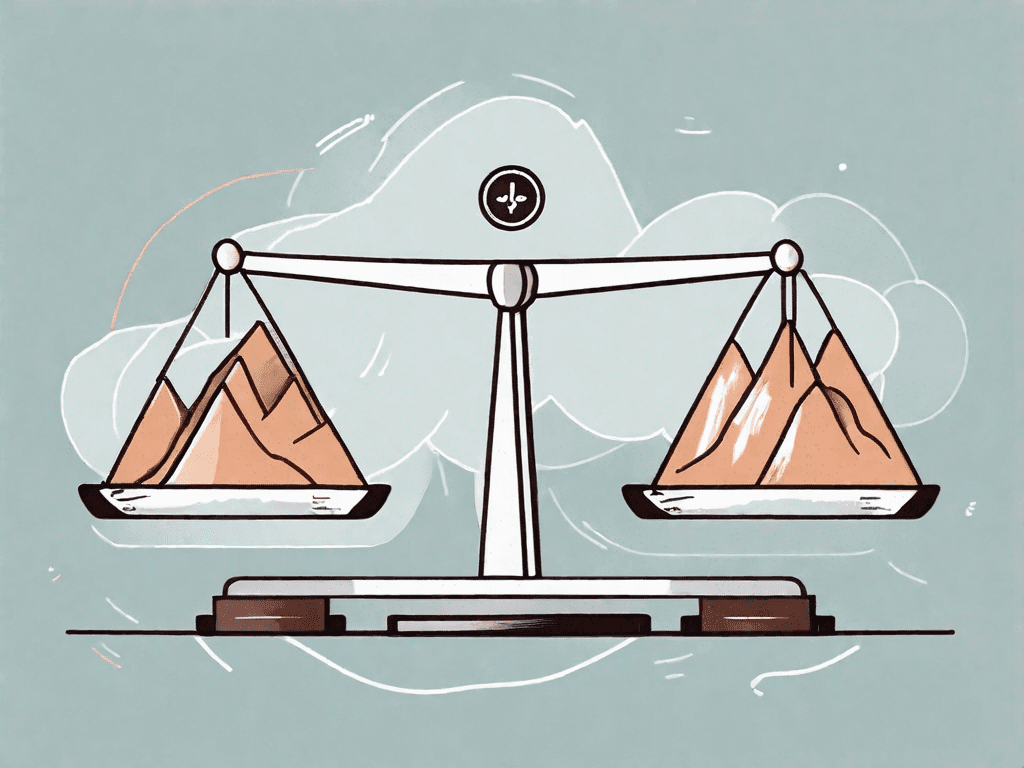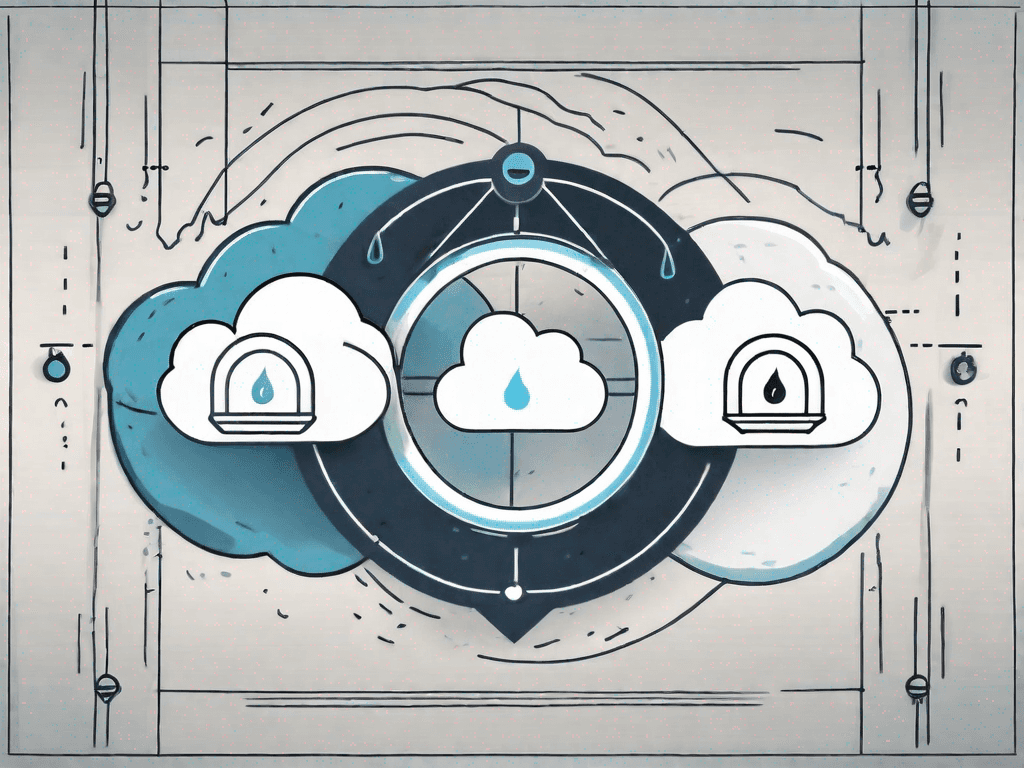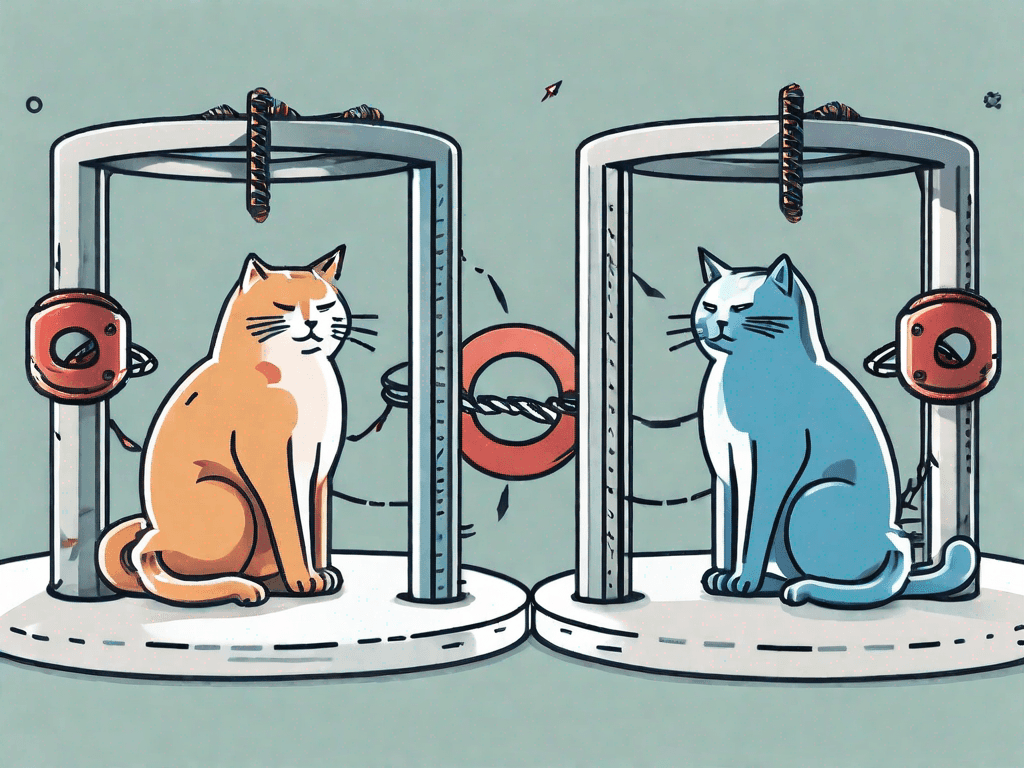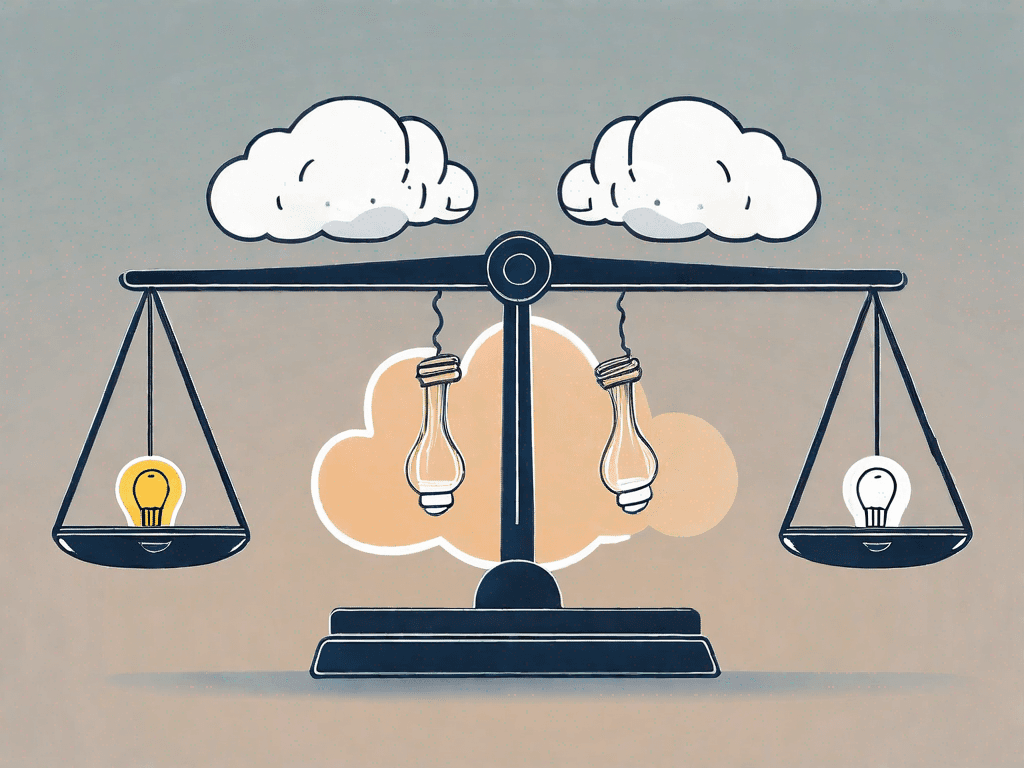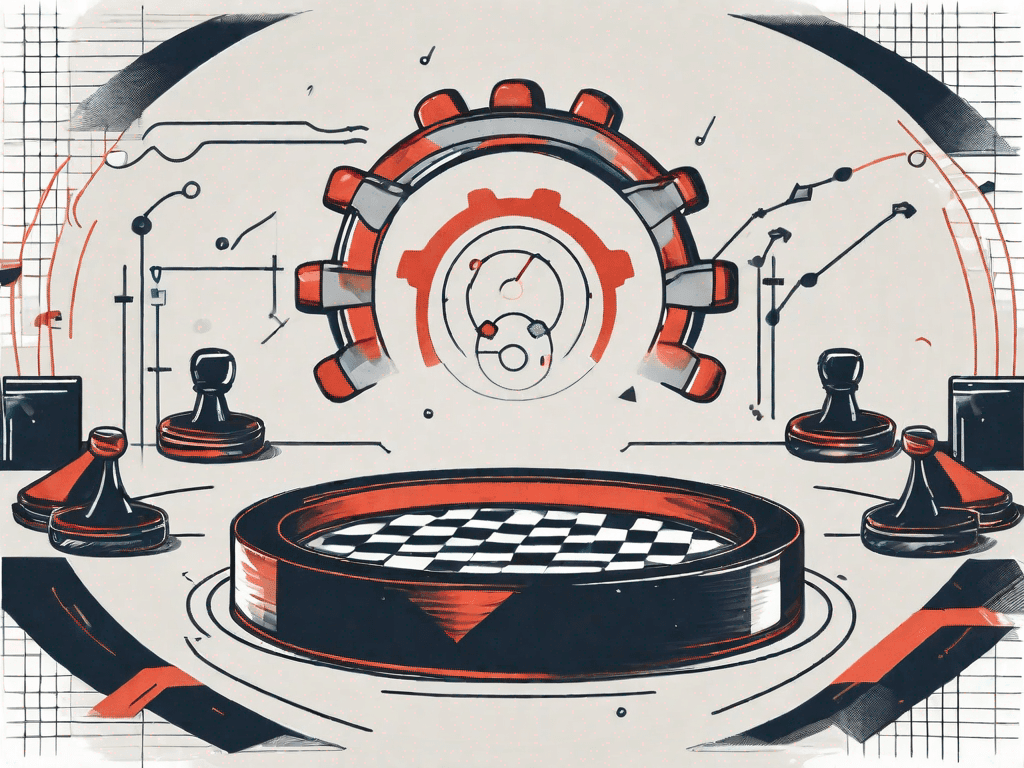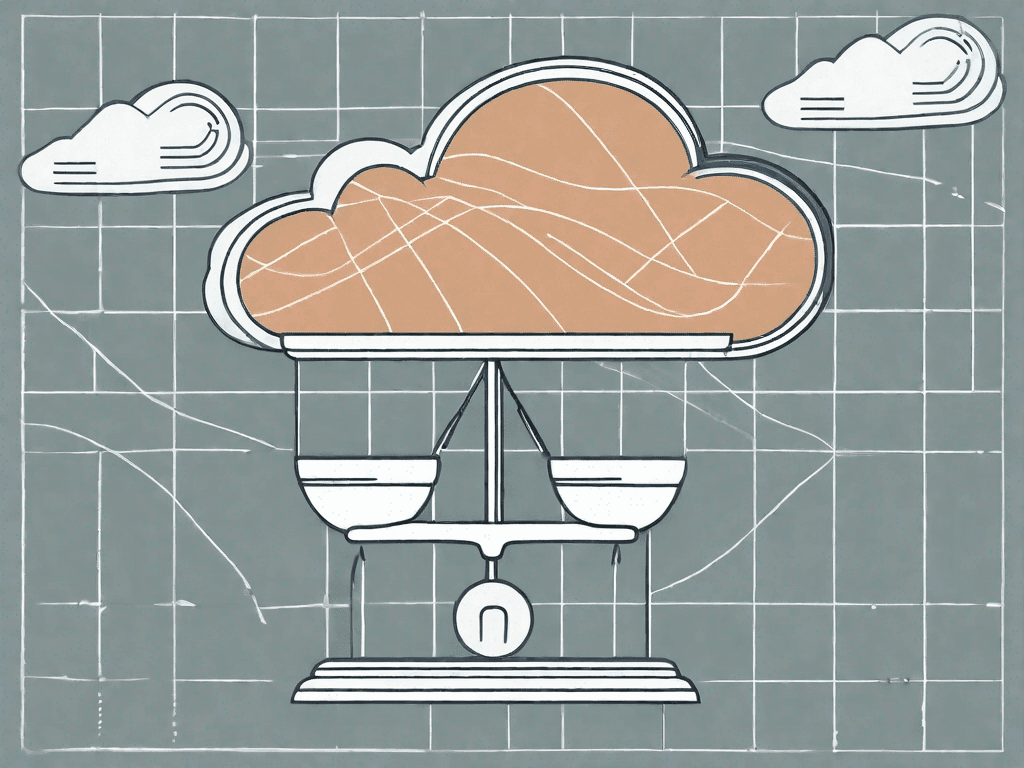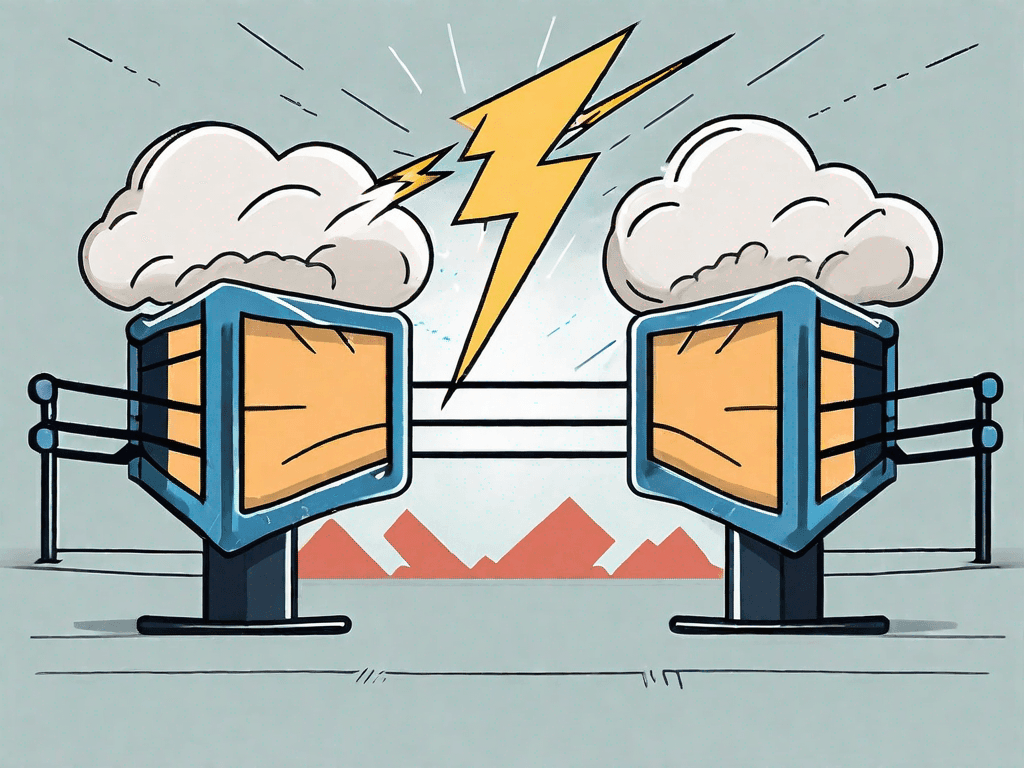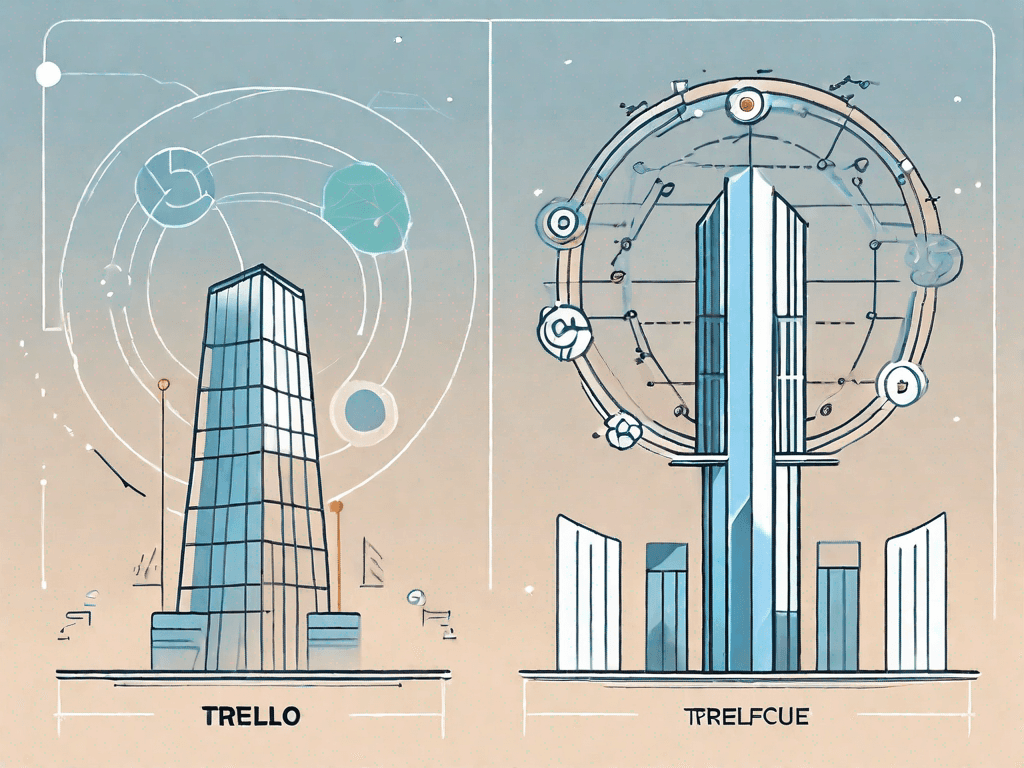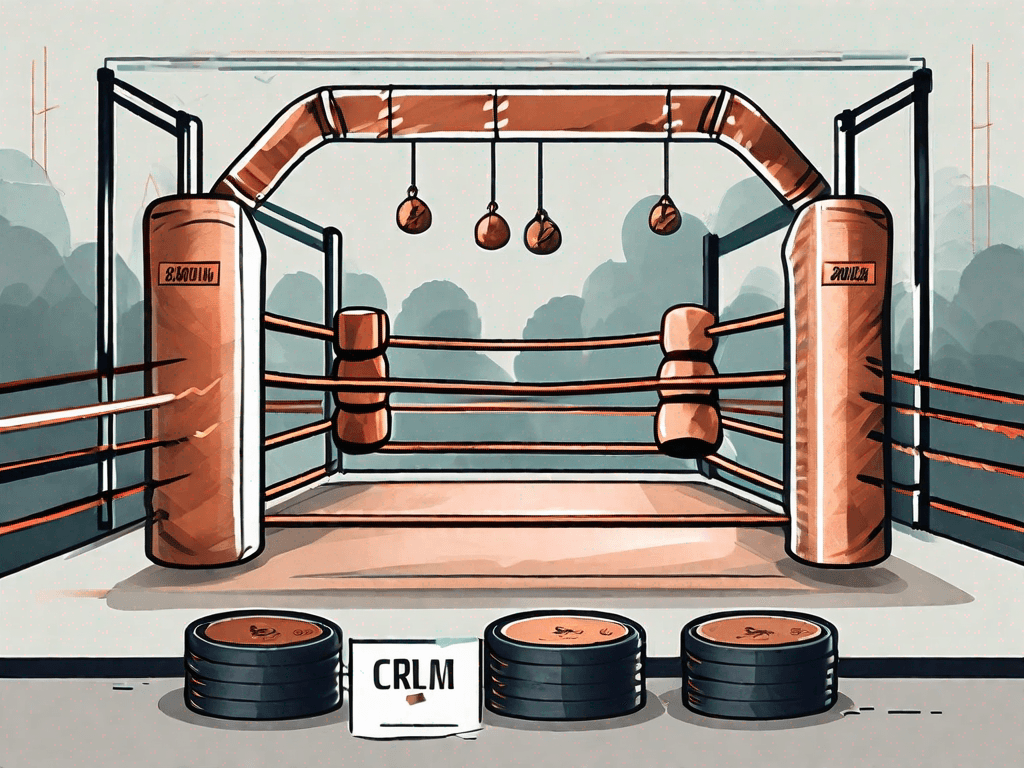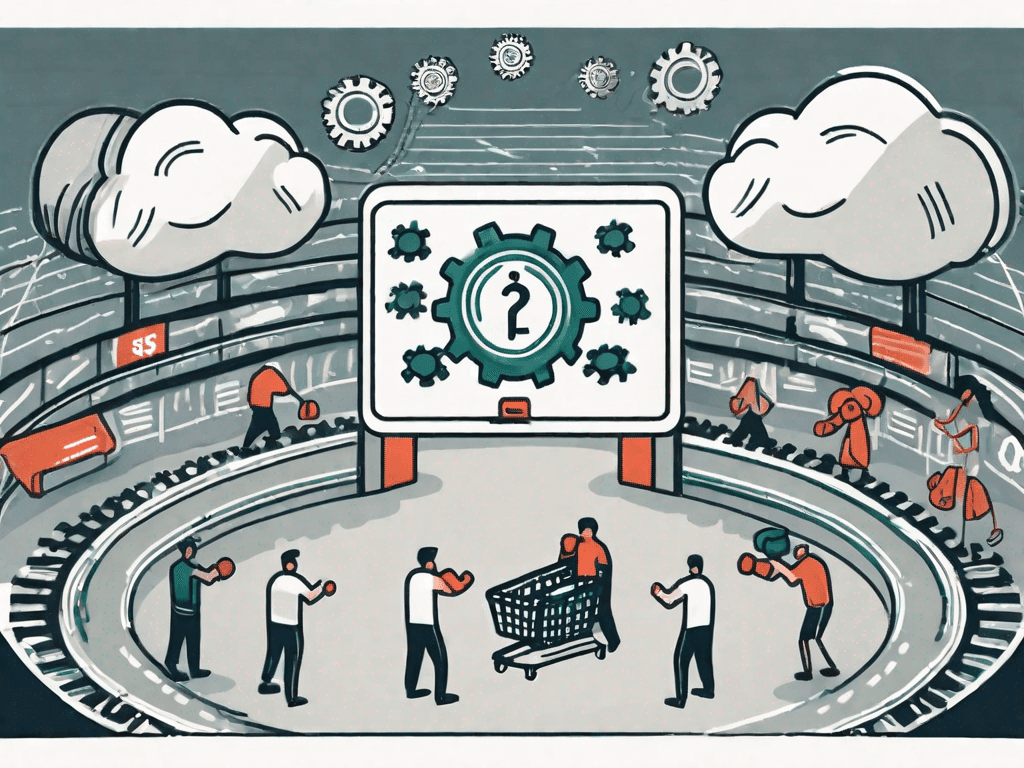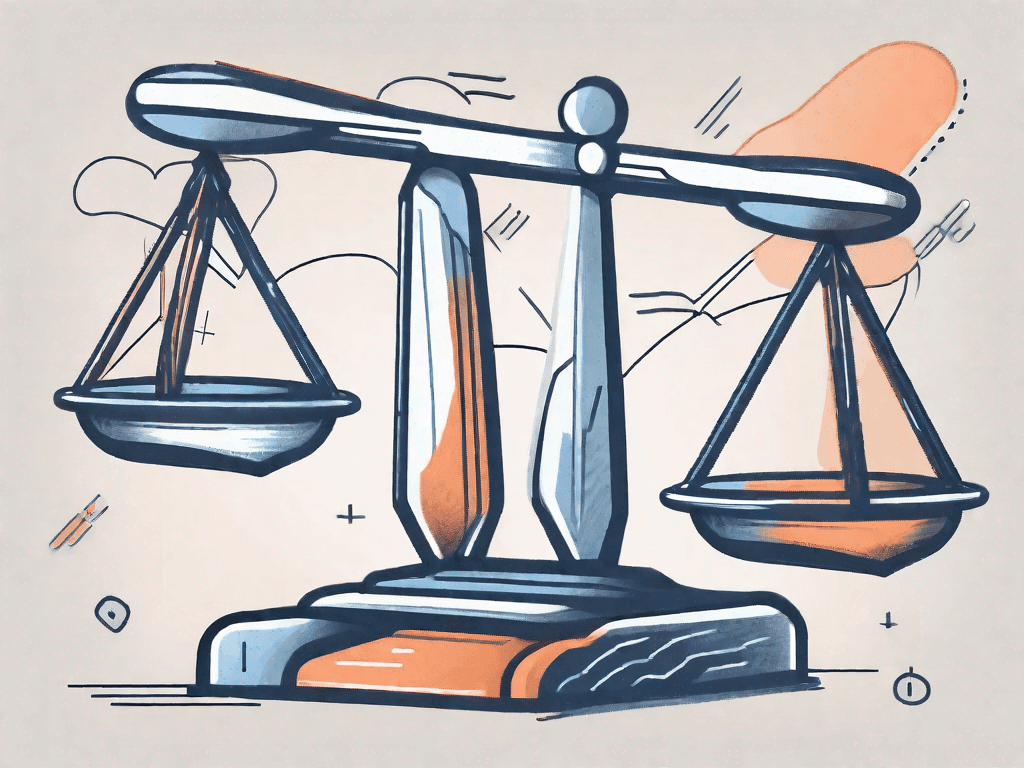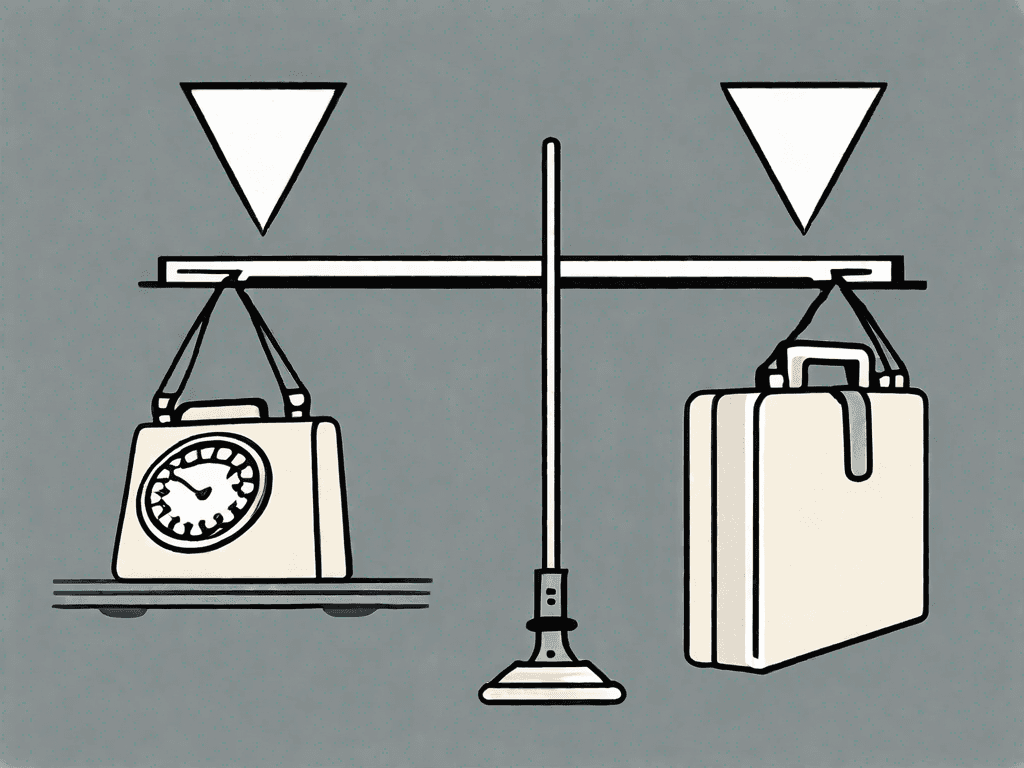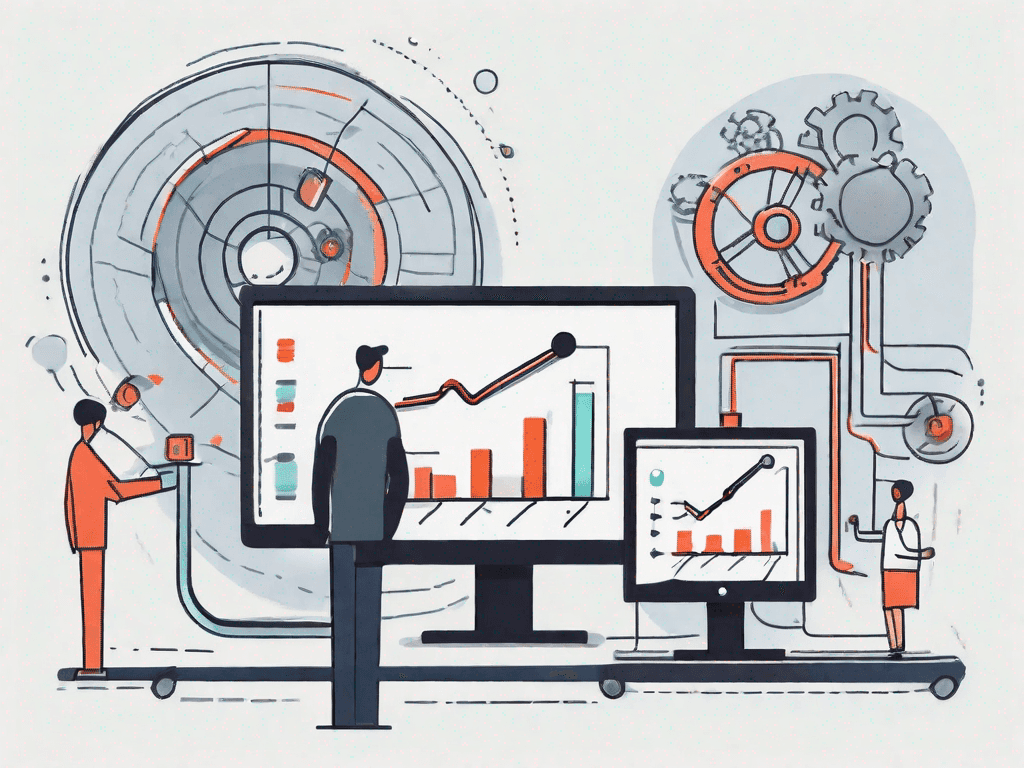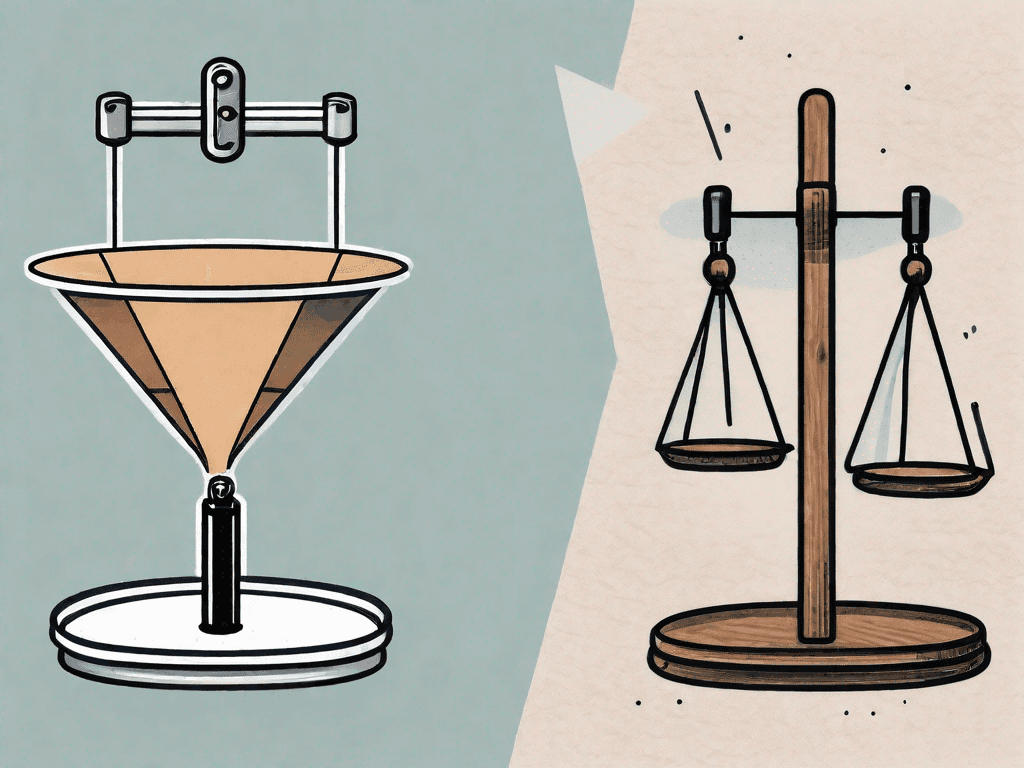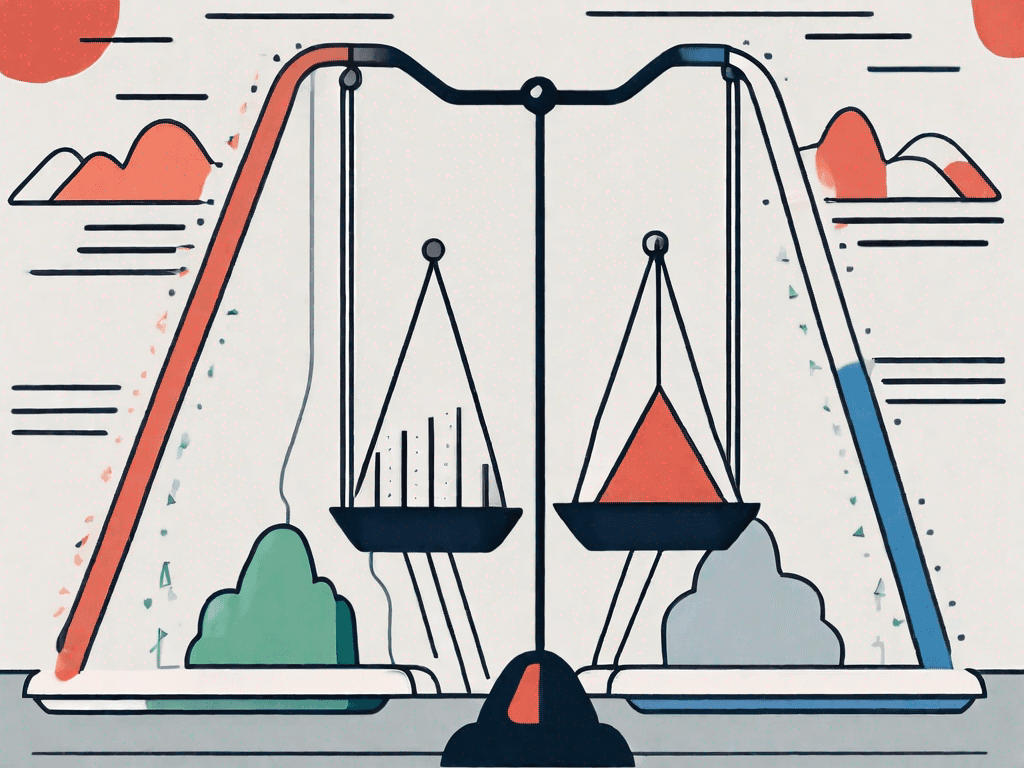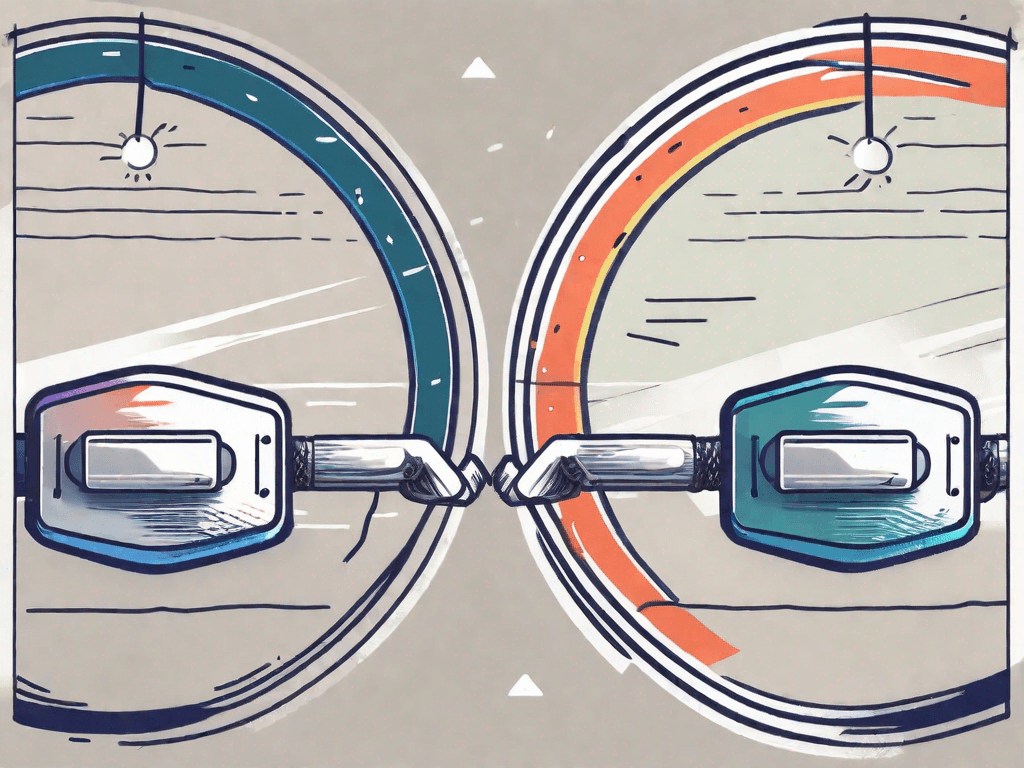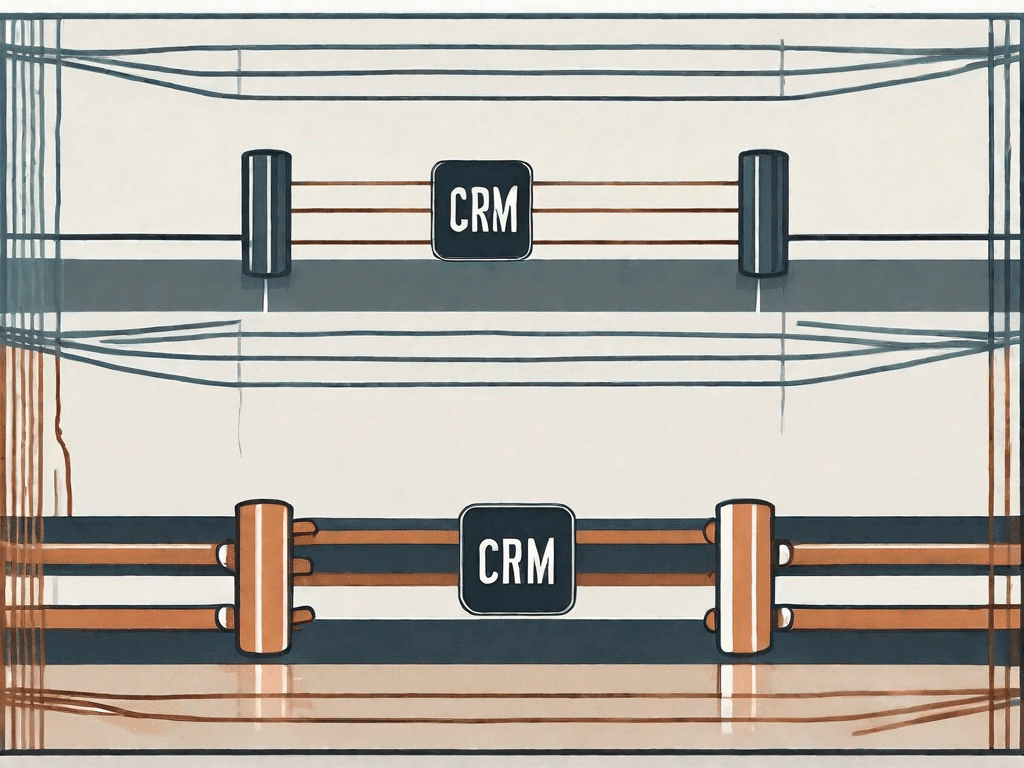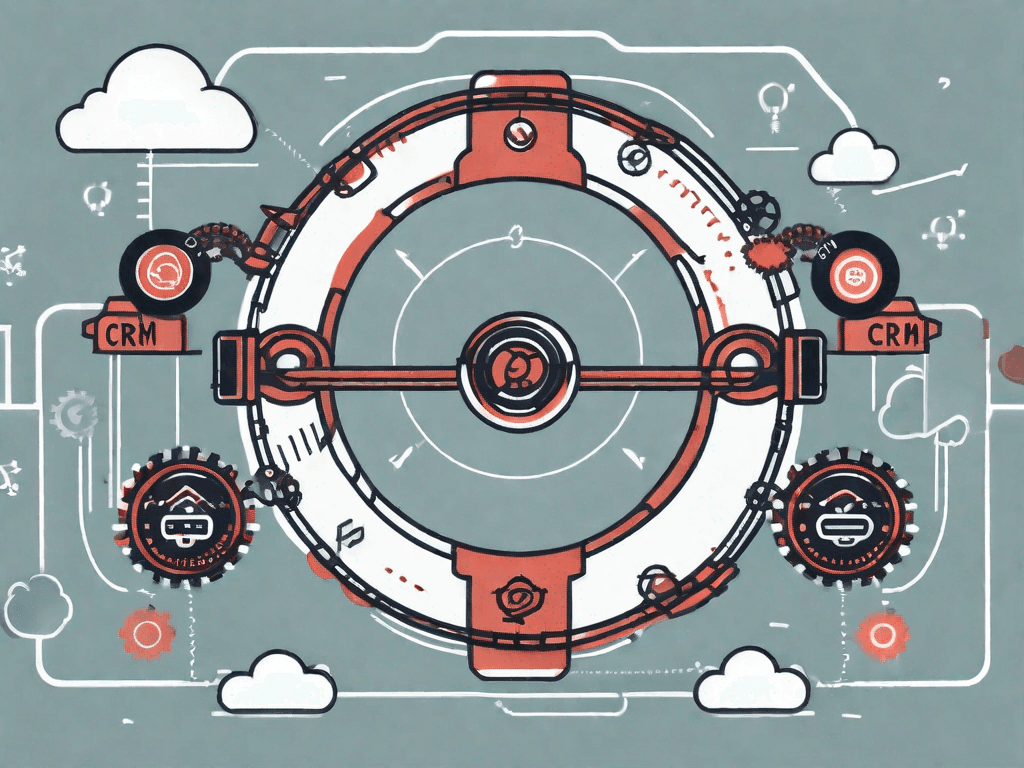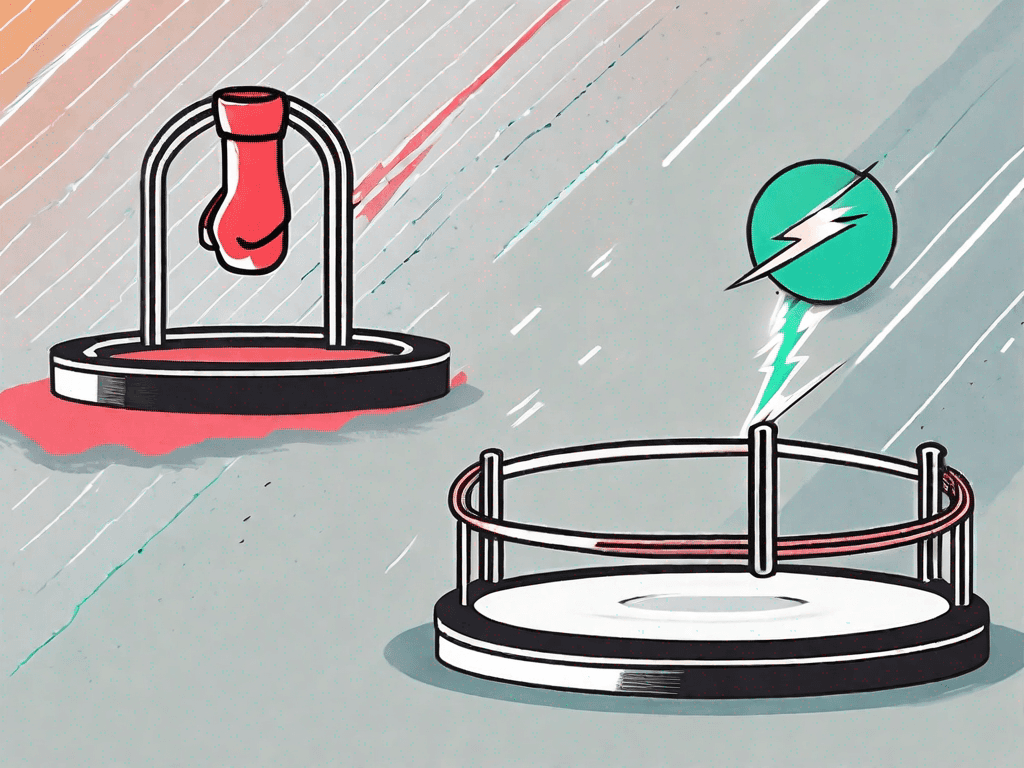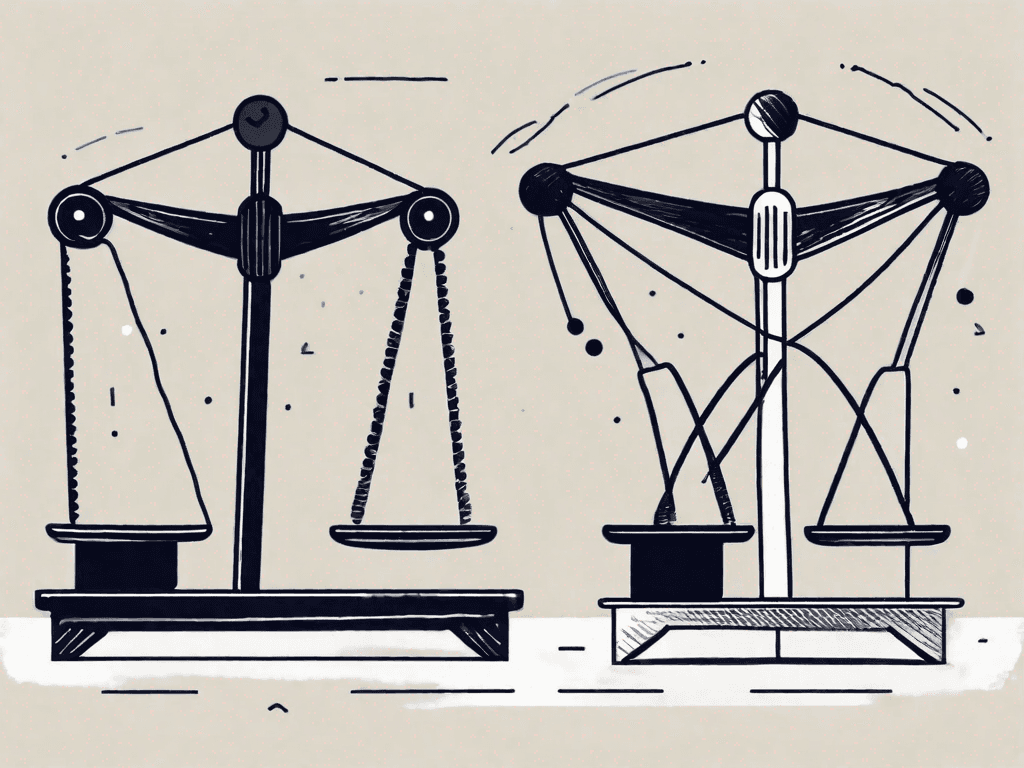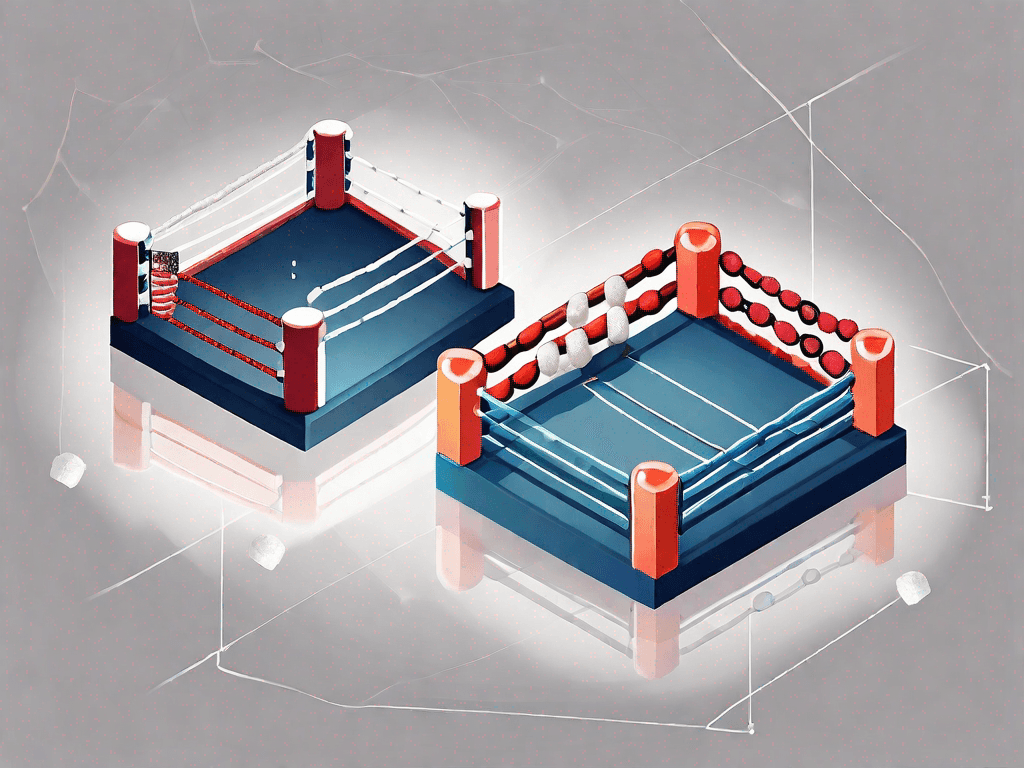
Pipedrive vs Hubspot: Which CRM is the Best?
In today's fast-paced business world, finding the right customer relationship management (CRM) software is essential for success. Two popular options in the market are Pipedrive and HubSpot. Both CRMs offer a wide range of features and benefits, but which one is the best? This article will compare Pipedrive and HubSpot across various aspects to help you make an informed decision
Pros and Cons of Pipedrive and Hubspot
Before diving into the details, let's take a look at the pros and cons of both Pipedrive and HubSpot.
When it comes to choosing a CRM software, it's important to consider the advantages and disadvantages of each option. Pipedrive and HubSpot are both popular choices in the market, but they have their own unique features and drawbacks.
Pros of Pipedrive
Pipedrive offers a user-friendly interface that makes it easy to navigate and use. Its visual sales pipeline allows users to track and manage deals effectively. This intuitive design helps sales teams stay organized and focused on their goals. Additionally, Pipedrive provides seamless integration with various tools, such as email clients and calendar applications. This integration streamlines workflows and saves time for users.
Cons of Pipedrive
On the downside, Pipedrive's reporting capabilities may not be as robust as some competitors. While it offers basic reporting features, it may lack the advanced analytics and insights that some businesses require. The customization options might also be more limited compared to other CRMs. This can be a drawback for businesses with specific needs or unique sales processes.
Pros of Hubspot
HubSpot, on the other hand, offers a comprehensive suite of sales, marketing, and customer service tools. Its all-in-one platform provides a holistic view of customer interactions and allows for seamless collaboration between teams. This integrated approach eliminates the need for multiple software solutions and promotes efficiency. HubSpot's robust reporting and analytics features make it easy to track and measure performance. Businesses can gain valuable insights into their sales and marketing efforts, enabling them to make data-driven decisions.
Cons of Hubspot
However, HubSpot's extensive features and functionalities can be overwhelming for some users. The learning curve might be steep, especially for those who are new to CRM software. It may take time and effort to fully explore and utilize all the tools and capabilities that HubSpot offers. Additionally, the pricing for HubSpot's more advanced plans can be costly for small businesses or startups with limited budgets.
Key Differences between Pipedrive and Hubspot
While both Pipedrive and HubSpot are top contenders in the CRM market, there are some key differences that set them apart.
Pipedrive is known for its simplicity and ease of use, making it a great choice for sales teams. Its intuitive interface and visual sales pipeline make it easy for users to manage their deals effectively.
HubSpot offers a more comprehensive suite of tools, making it an ideal option for businesses looking for an all-encompassing CRM solution. With its integrated sales, marketing, and customer service features, HubSpot provides a centralized platform for managing customer interactions.
When it comes to integrations, Pipedrive offers seamless connections with numerous applications, while HubSpot provides a wide range of native integrations. Pipedrive's flexibility in integrating with various tools allows businesses to customize their workflows, while HubSpot's native integrations provide a seamless experience within its ecosystem.
Now that we've explored the pros, cons, and key differences, let's move on to a crucial aspect: pricing.
When considering CRM software, pricing is an important factor to consider. The cost of implementation and ongoing usage can vary significantly between Pipedrive and HubSpot. It's essential to evaluate your budget and business needs to make an informed decision.
How does Pipedrive pricing compare to HubSpot?
Pipedrive Pricing
Pipedrive offers different pricing plans to cater to various business needs. The plans range from the Essential plan at $15 per user per month to the Enterprise plan at $99 per user per month. Each plan offers an array of features and capabilities.
Let's take a closer look at the pricing plans offered by Pipedrive. The Essential plan, priced at $15 per user per month, is perfect for small businesses or startups that are just getting started with their sales processes. It includes essential features such as contact management, email integration, and customizable pipelines.
For businesses that require more advanced features and capabilities, Pipedrive offers the Advanced plan at $29 per user per month. This plan includes additional features such as workflow automation, goal setting, and revenue forecasting. It is suitable for growing businesses that need more robust sales management tools.
Finally, Pipedrive's Enterprise plan, priced at $99 per user per month, is designed for larger organizations with complex sales processes. This plan includes advanced customization options, dedicated support, and enhanced security features. It is ideal for enterprises that require a high level of control and scalability.
HubSpot Pricing
HubSpot, on the other hand, follows a freemium model. They offer a free CRM with limited features, as well as paid plans that include additional functionality. The paid plans start at $50 per user per month for the Starter plan and go up to $1,200 per user per month for the Enterprise plan.
Let's delve deeper into the pricing plans offered by HubSpot. The Starter plan, priced at $50 per user per month, is suitable for small businesses that want to take advantage of more advanced CRM features. It includes features such as email marketing, lead nurturing, and contact management.
For businesses that require more comprehensive marketing and sales tools, HubSpot offers the Professional plan at $800 per user per month. This plan includes features such as marketing automation, A/B testing, and advanced reporting. It is perfect for companies that want to scale their marketing efforts and drive more leads.
HubSpot's Enterprise plan, priced at $1,200 per user per month, is designed for larger organizations with complex marketing and sales processes. This plan includes advanced features such as predictive lead scoring, custom event triggers, and revenue attribution reporting. It is ideal for enterprises that need a robust and scalable CRM solution.
Pricing comparison
When comparing the pricing of Pipedrive and HubSpot, it's essential to consider the specific features and requirements of your business. Pipedrive's pricing is more straightforward with clear tiers, while HubSpot provides flexibility with both free and paid options.
Additionally, Pipedrive's pricing plans are more focused on sales management, offering features tailored to streamline and optimize the sales process. On the other hand, HubSpot's plans encompass a broader range of marketing and sales tools, making it a comprehensive solution for businesses looking to align their marketing and sales efforts.
Ultimately, the choice between Pipedrive and HubSpot will depend on your business's specific needs, budget, and growth plans. It's recommended to thoroughly evaluate the features and capabilities offered by each platform to make an informed decision that aligns with your business goals.
How do Pipedrive integrations compare to HubSpot?
Pipedrive integrations
Pipedrive offers a wide range of integrations with popular tools such as Google Workspace, Slack, and Mailchimp. These integrations help streamline workflows and enhance productivity.
HubSpot Integrations
HubSpot boasts an extensive marketplace of integrations that cover various areas such as marketing automation, customer support, and e-commerce. With HubSpot, you can seamlessly connect with tools like Salesforce, WordPress, and Shopify.
Integrations play a crucial role in maximizing the capabilities of your CRM. The availability and compatibility of integrations can significantly impact your overall CRM experience.
Which one is the Best for You?
The Best for Salespeople
If you're primarily focused on sales and simplicity is key, Pipedrive may be the better choice for you. Its user-friendly interface and visual sales pipeline make it easy to manage leads and close deals effectively.
The Best for Consultants
On the other hand, if you're a consultant or require a more comprehensive set of tools, HubSpot's all-in-one platform might be the better fit. Its suite of sales, marketing, and customer service features can help you streamline your operations and provide a seamless experience to your clients.
The Best for Digital Marketing Agencies
For digital marketing agencies, HubSpot's extensive marketing automation features and native integrations make it a powerful choice. It allows you to manage your campaigns, track conversions, and nurture leads efficiently.
In conclusion, choosing the best CRM software for your business depends on your specific needs and objectives. Both Pipedrive and HubSpot offer unique advantages, so consider the pros and cons, pricing, and integrations before making a decision. Remember to align your choice with the nature of your business and the requirements of your team. With the right CRM in place, you'll be well-equipped to build and maintain lasting relationships with your clients.



